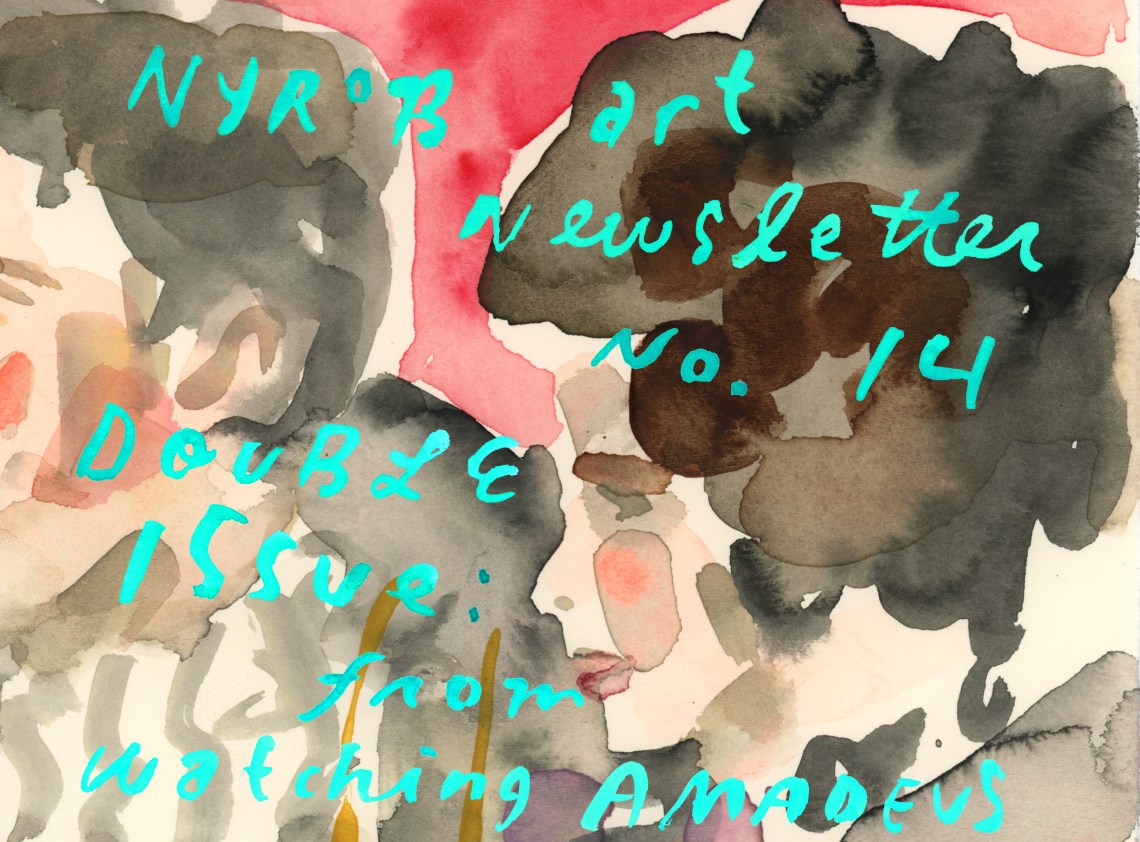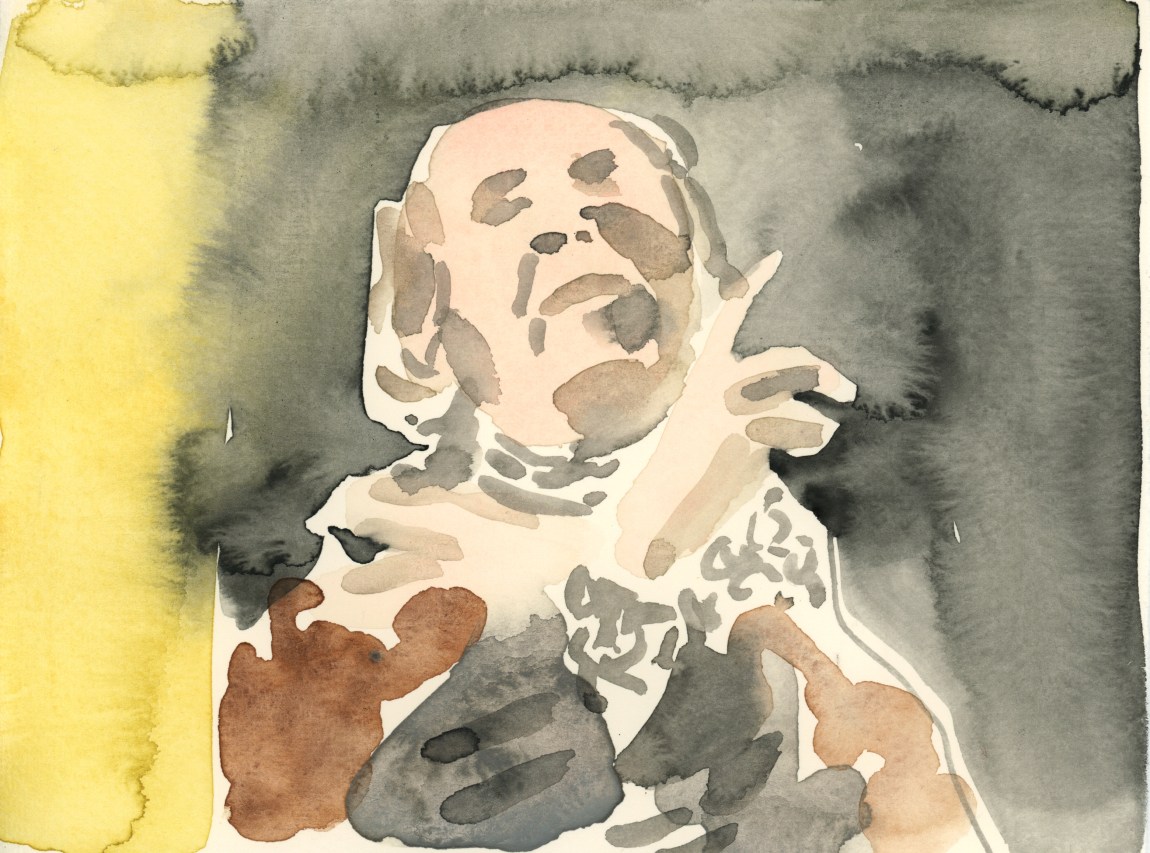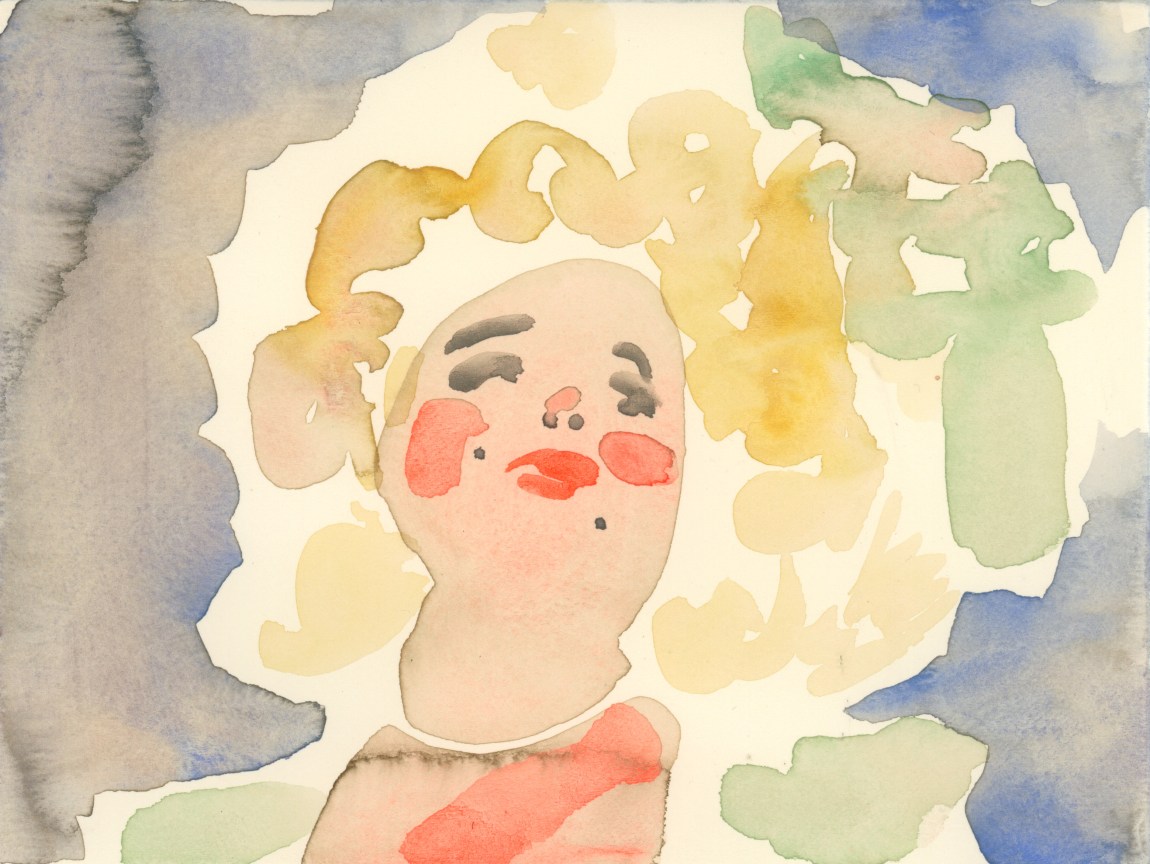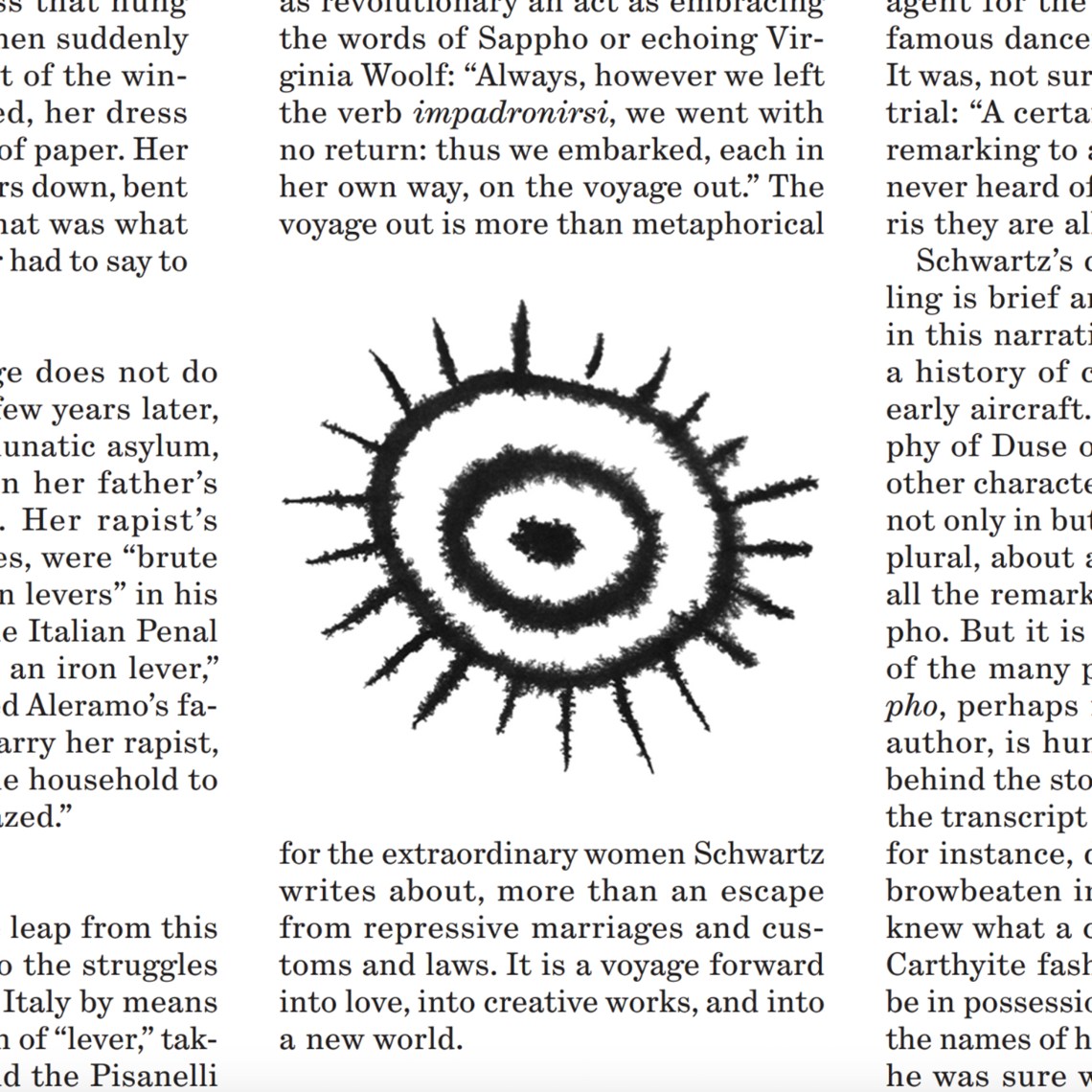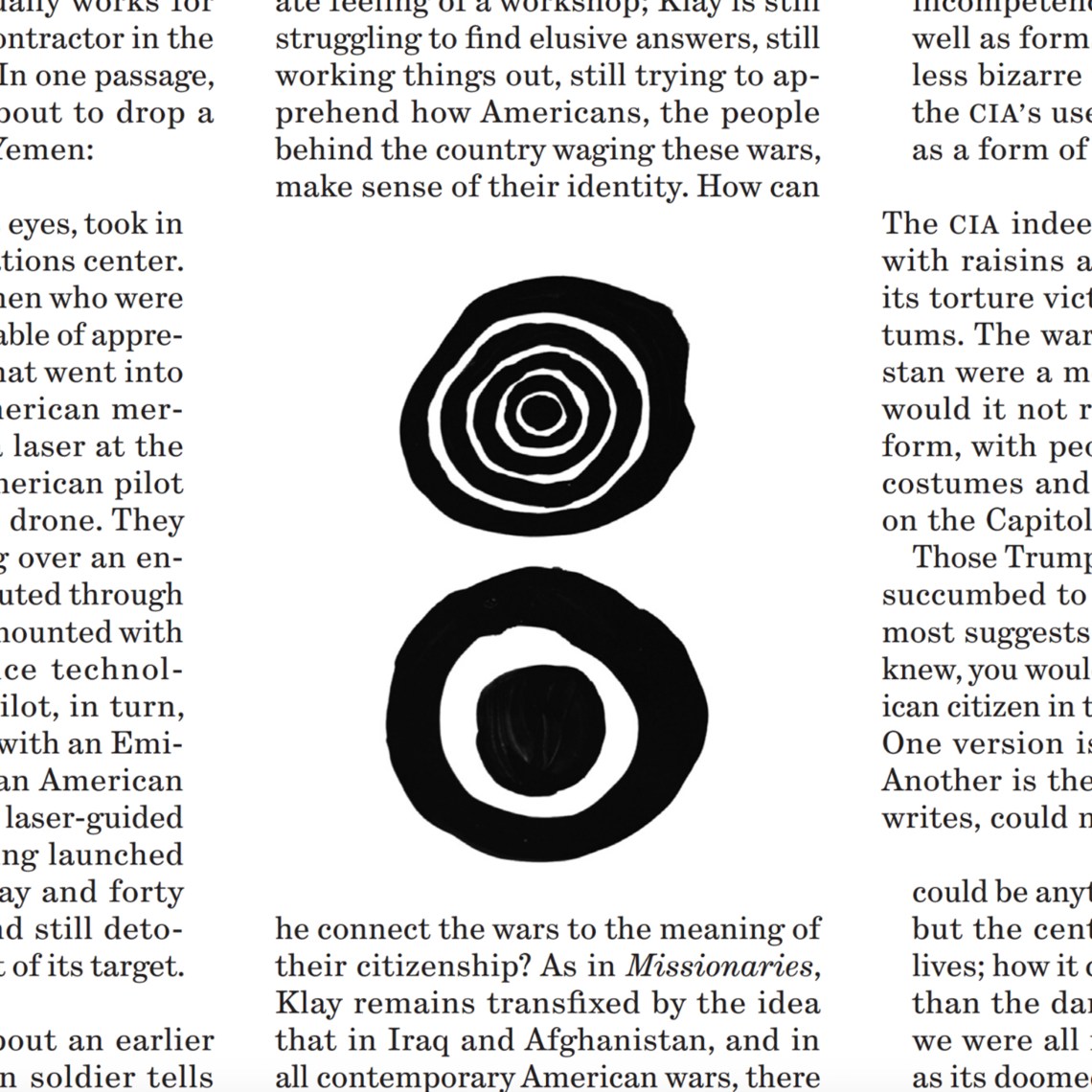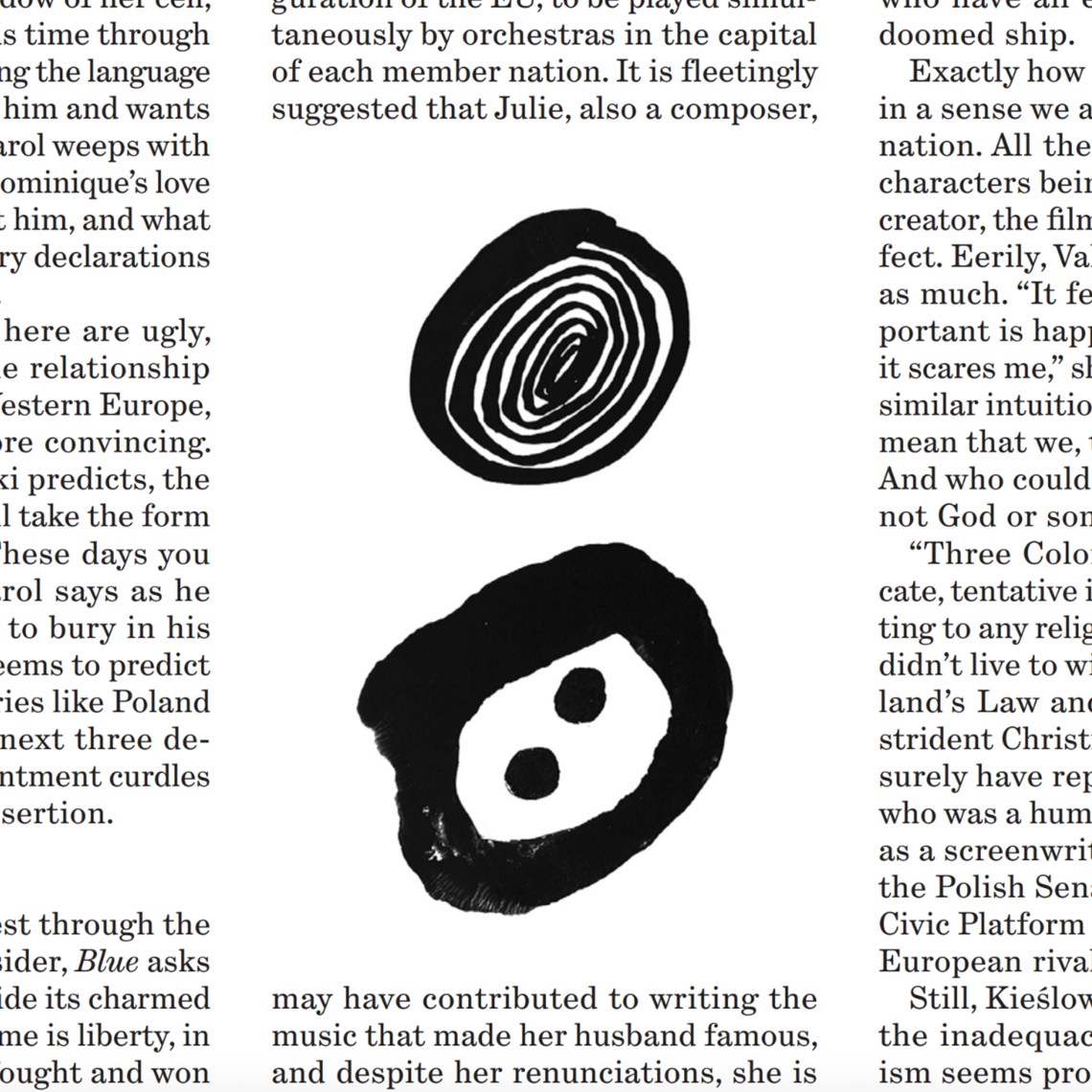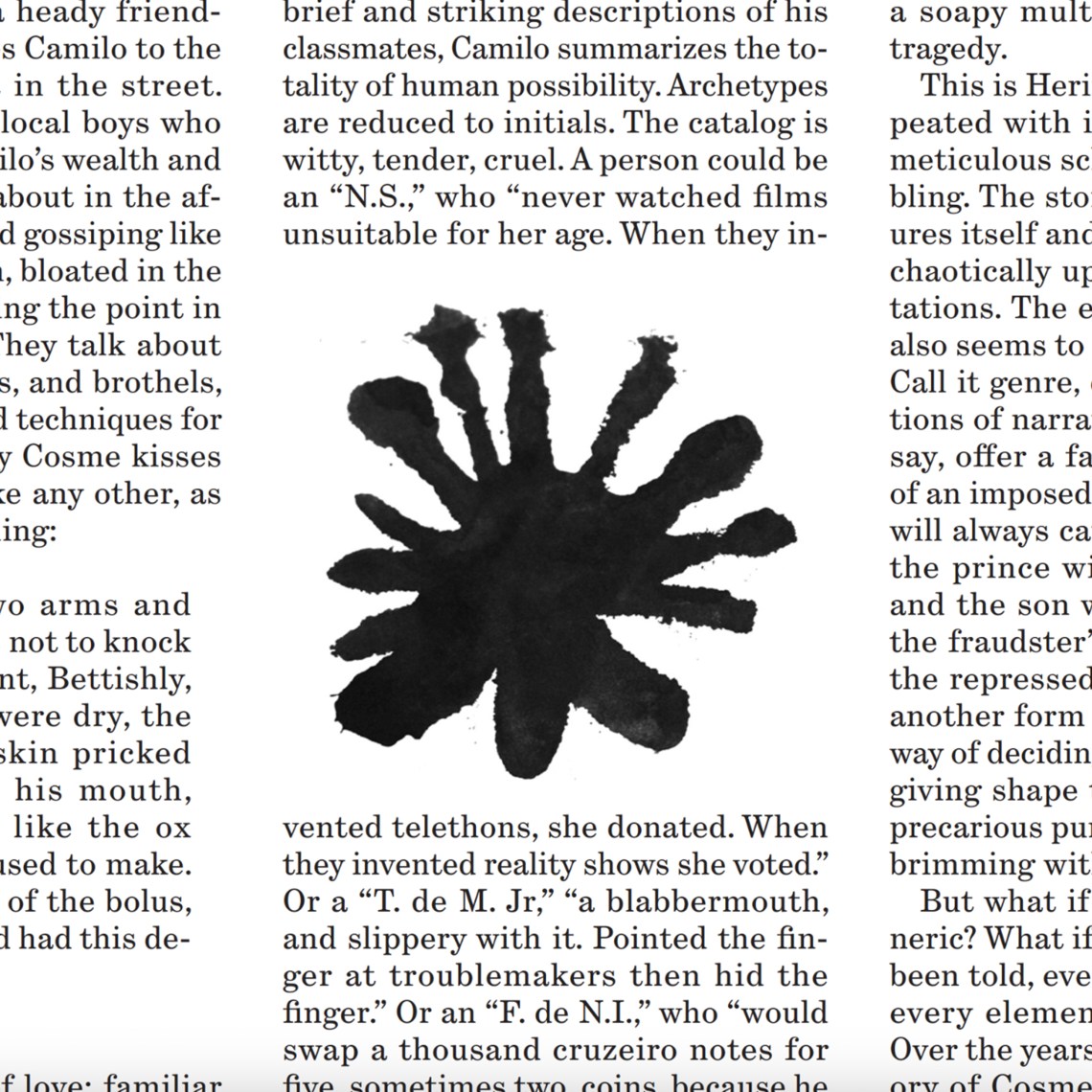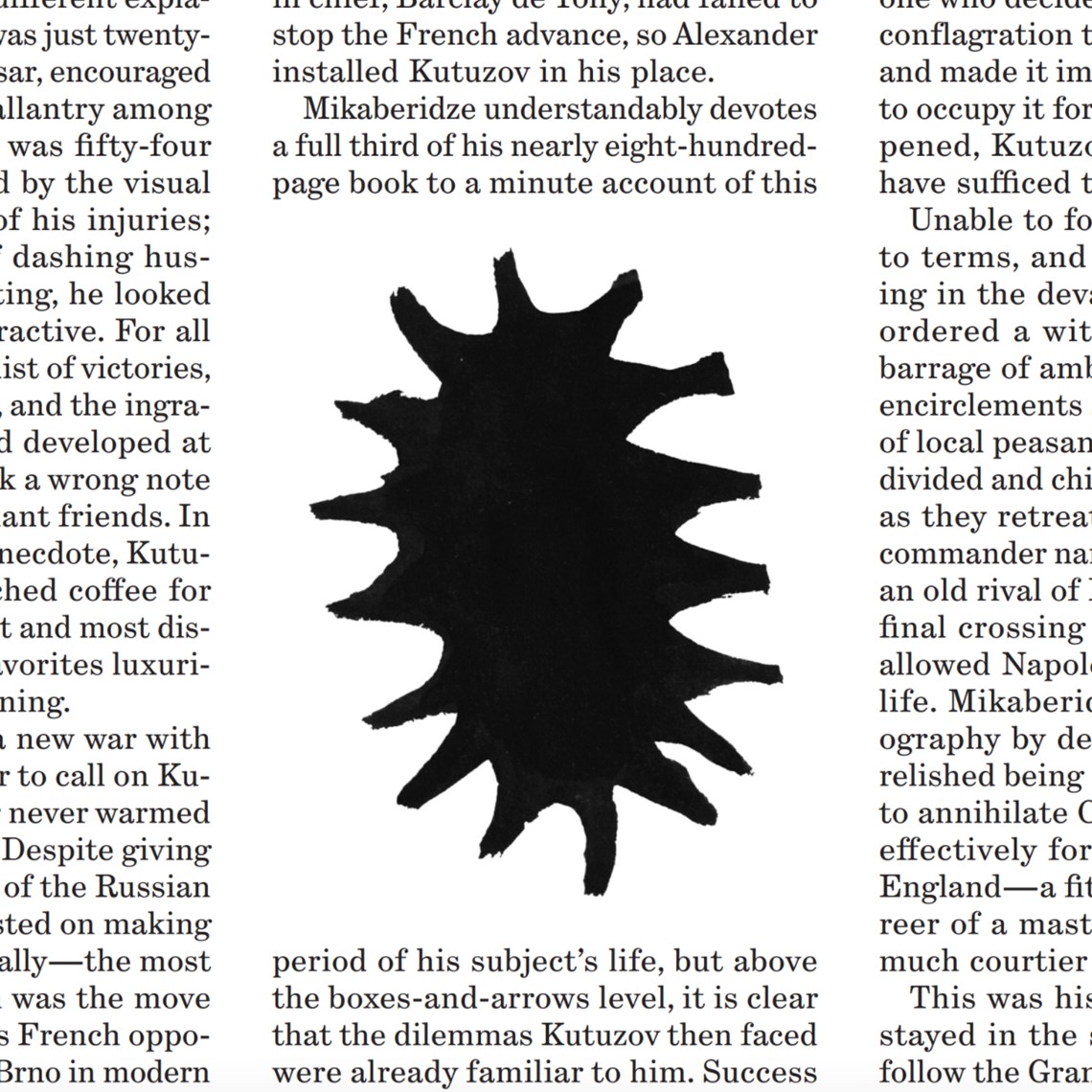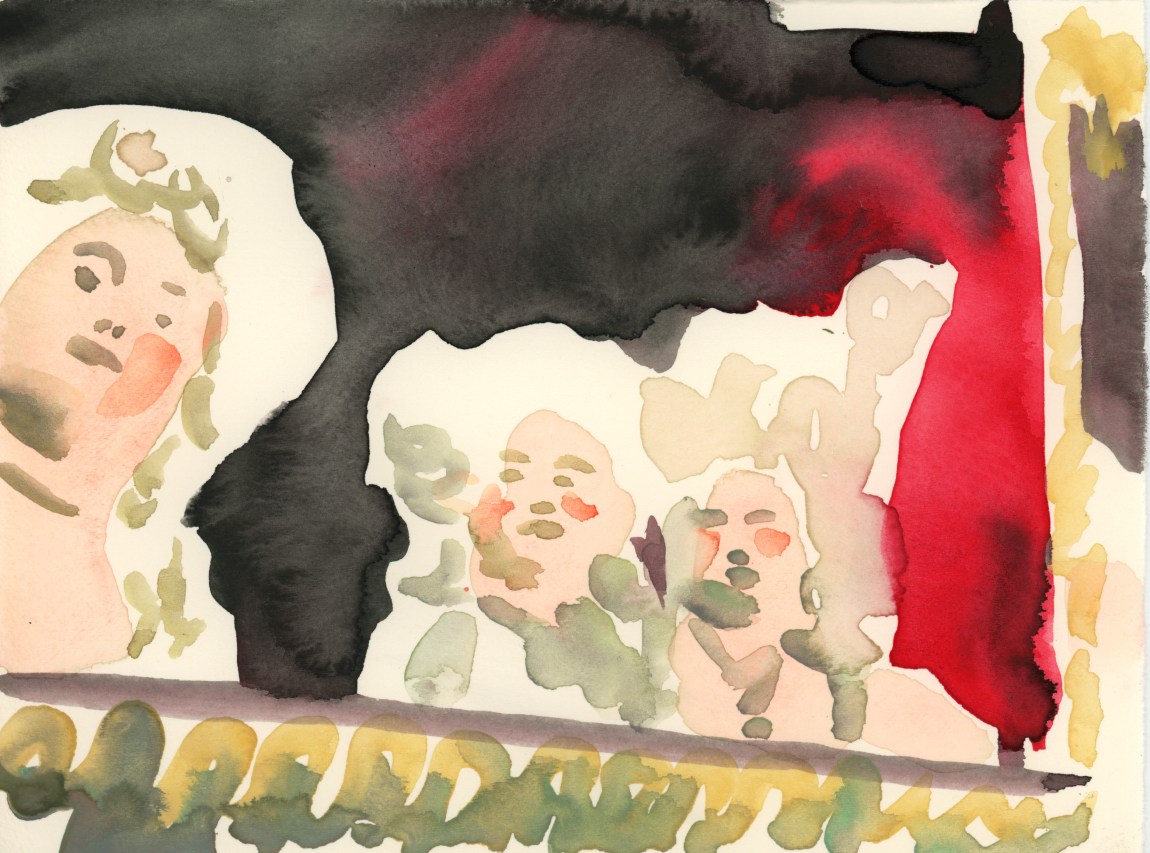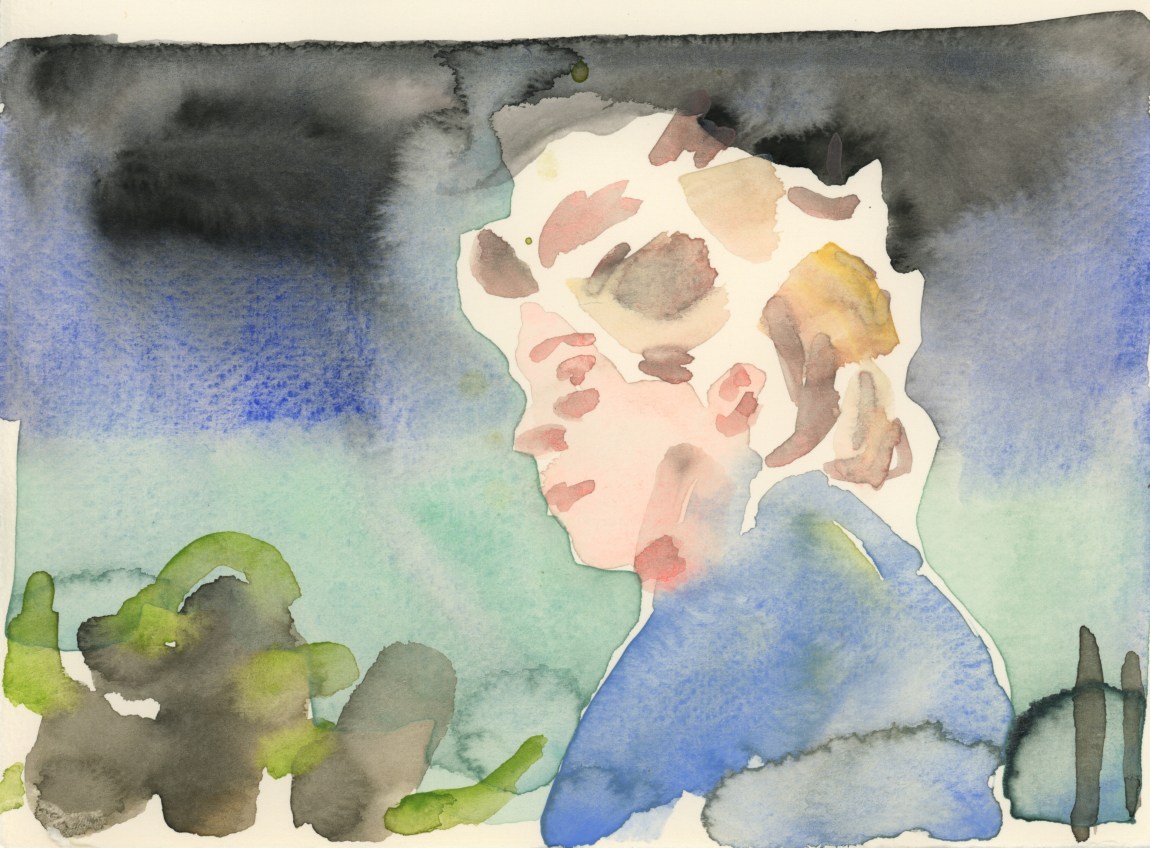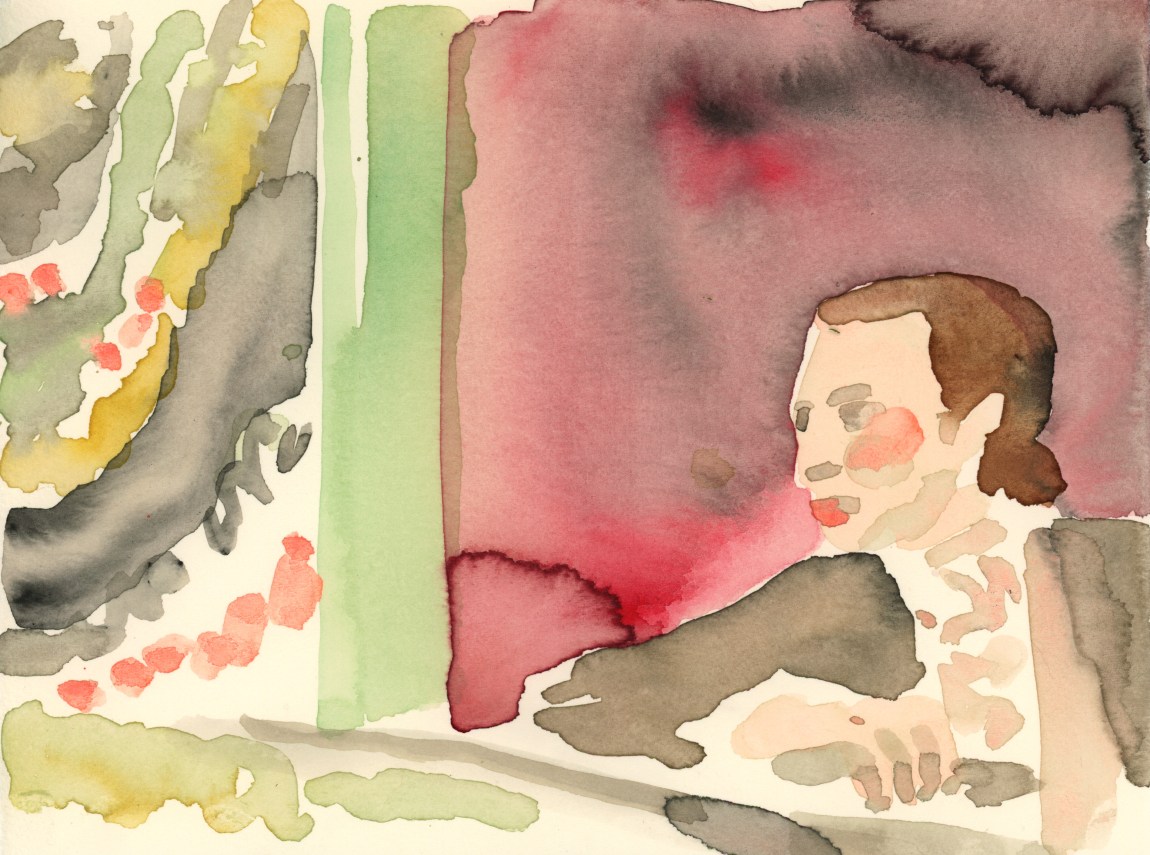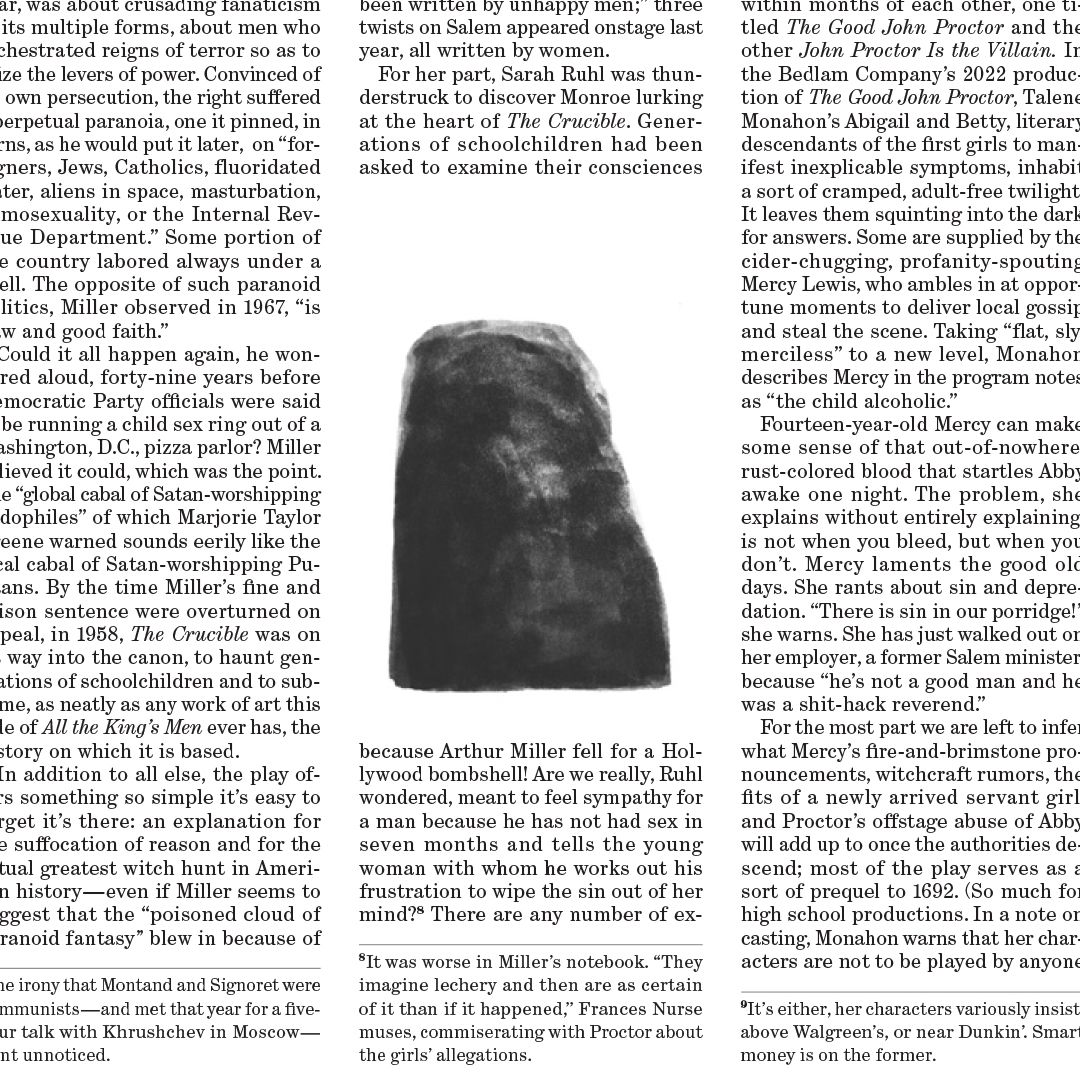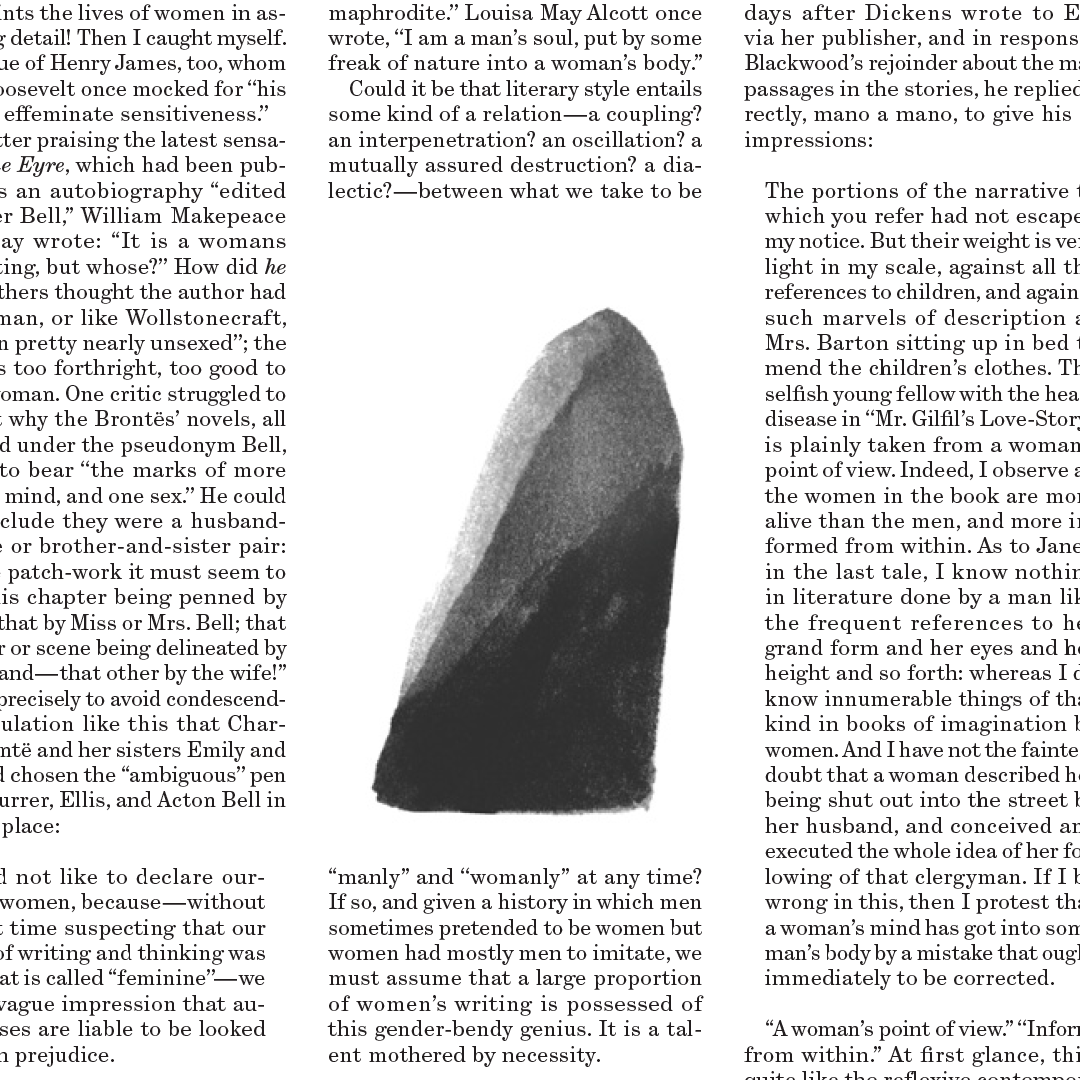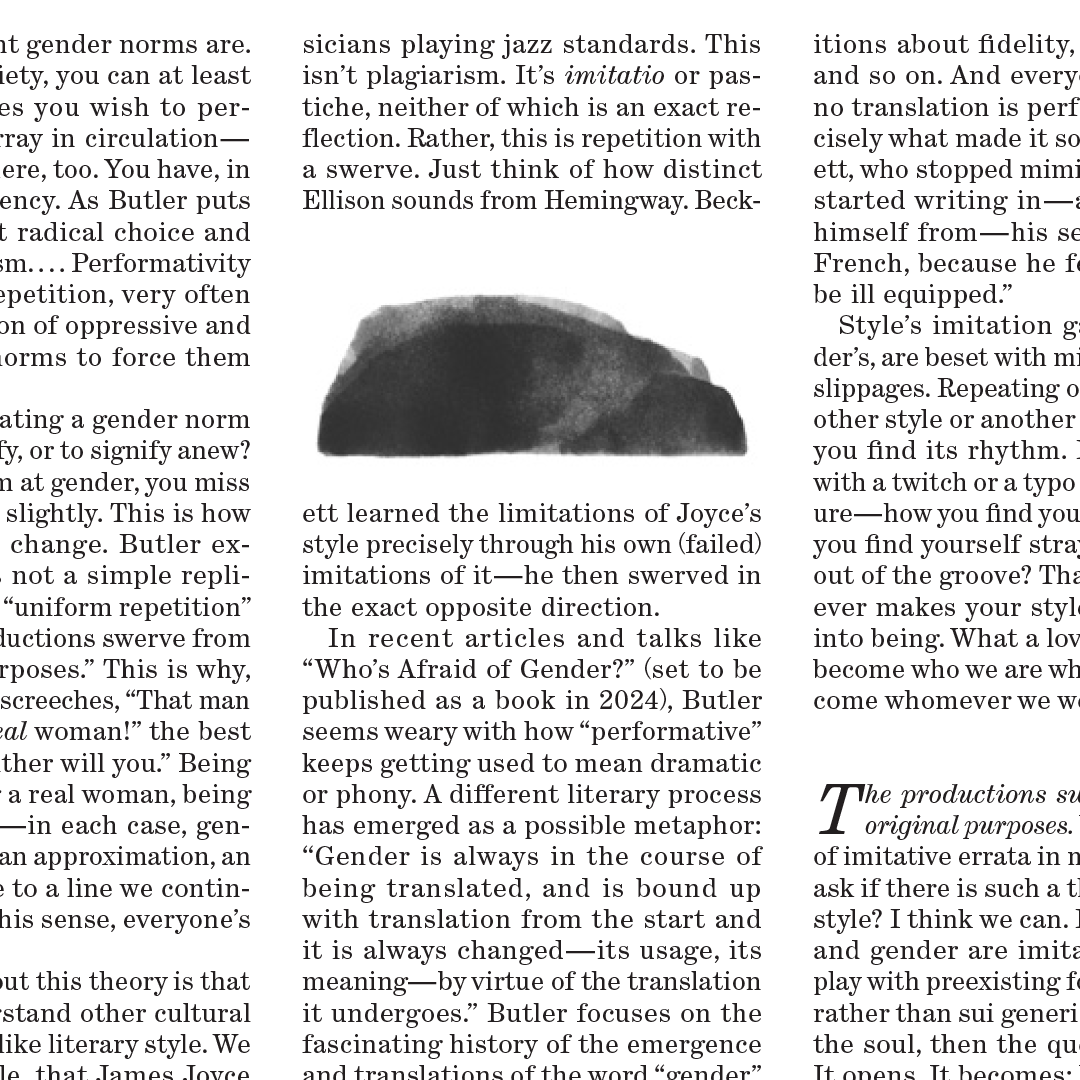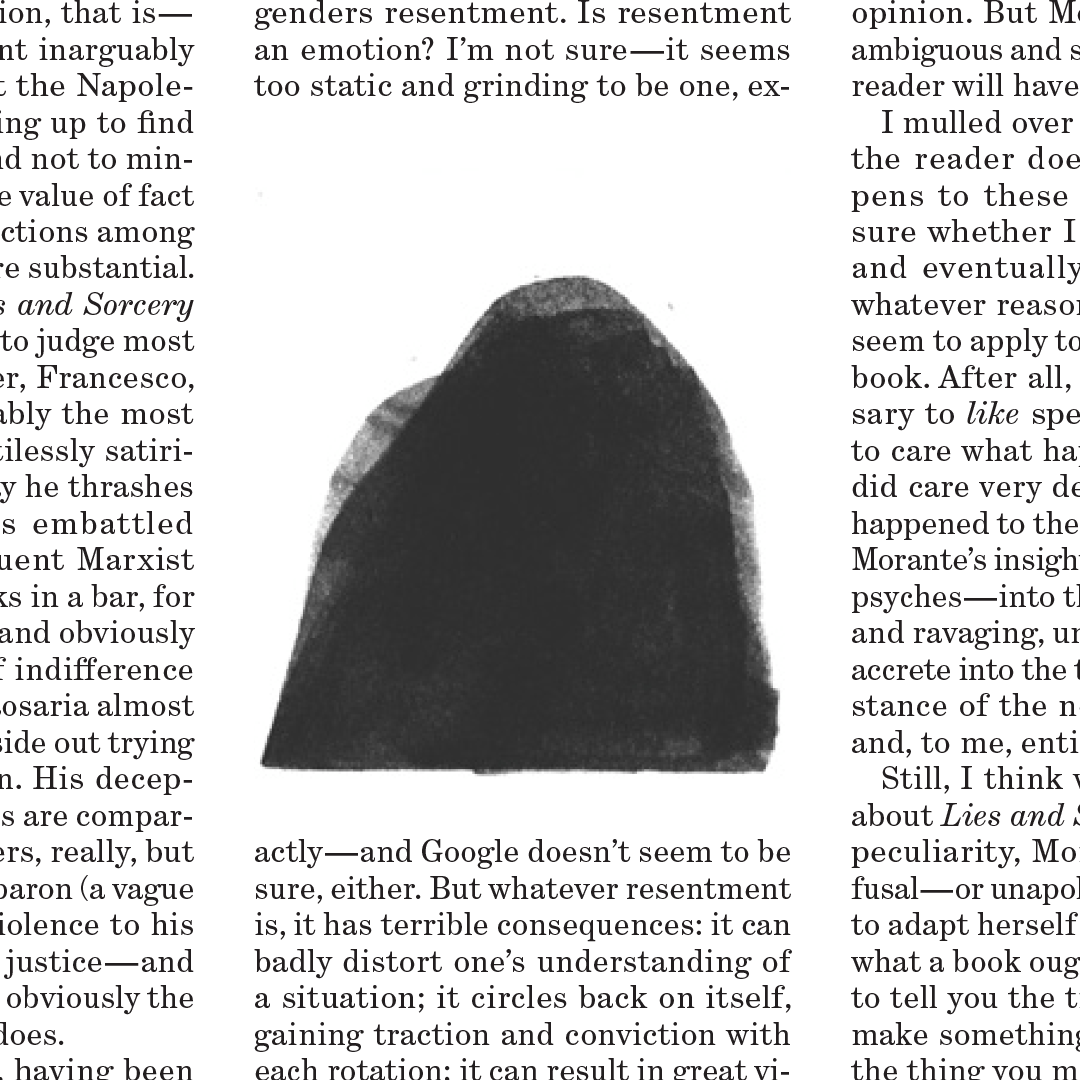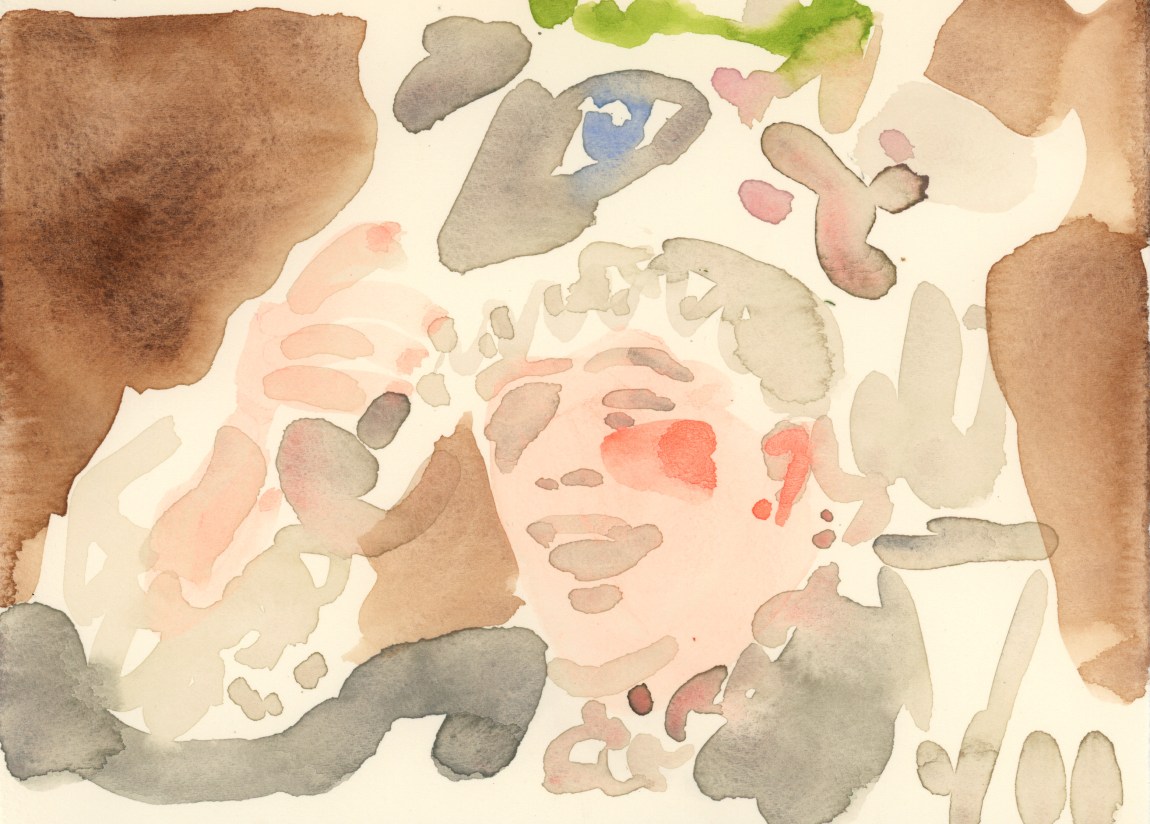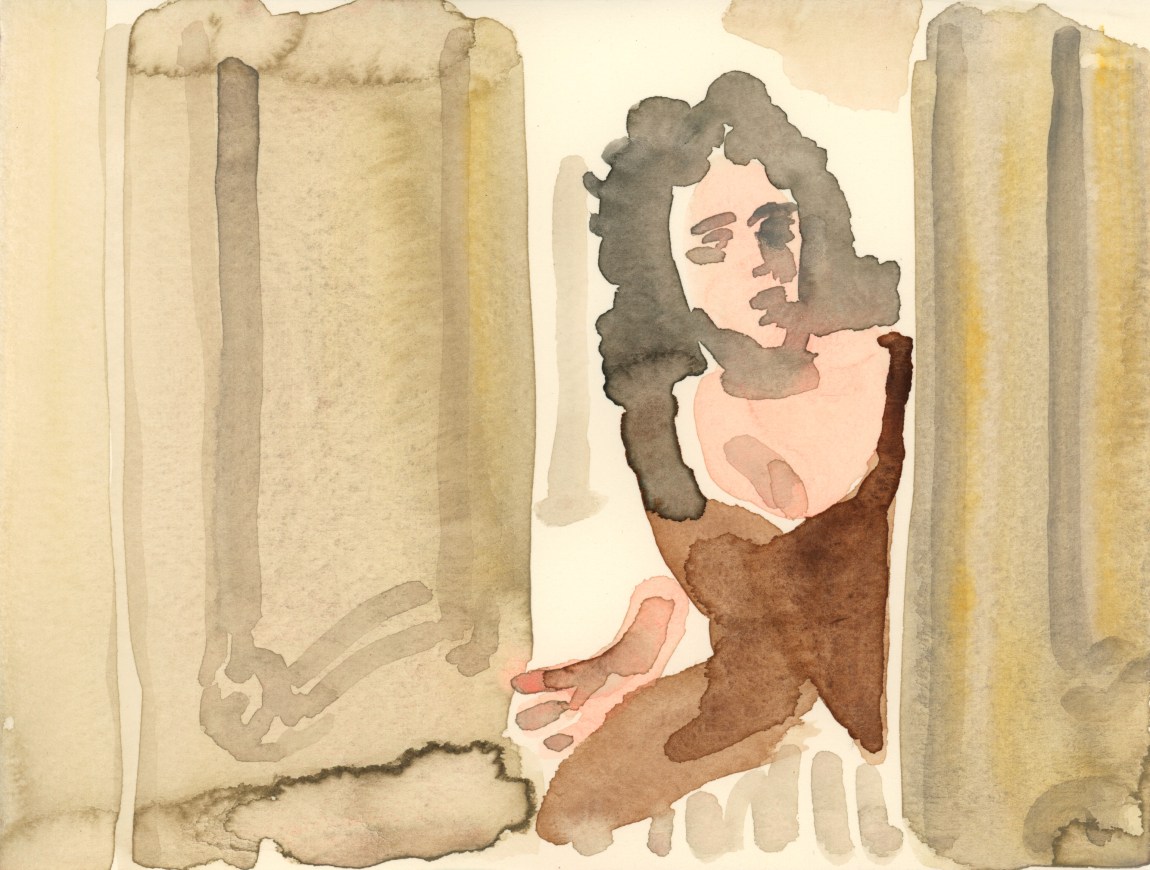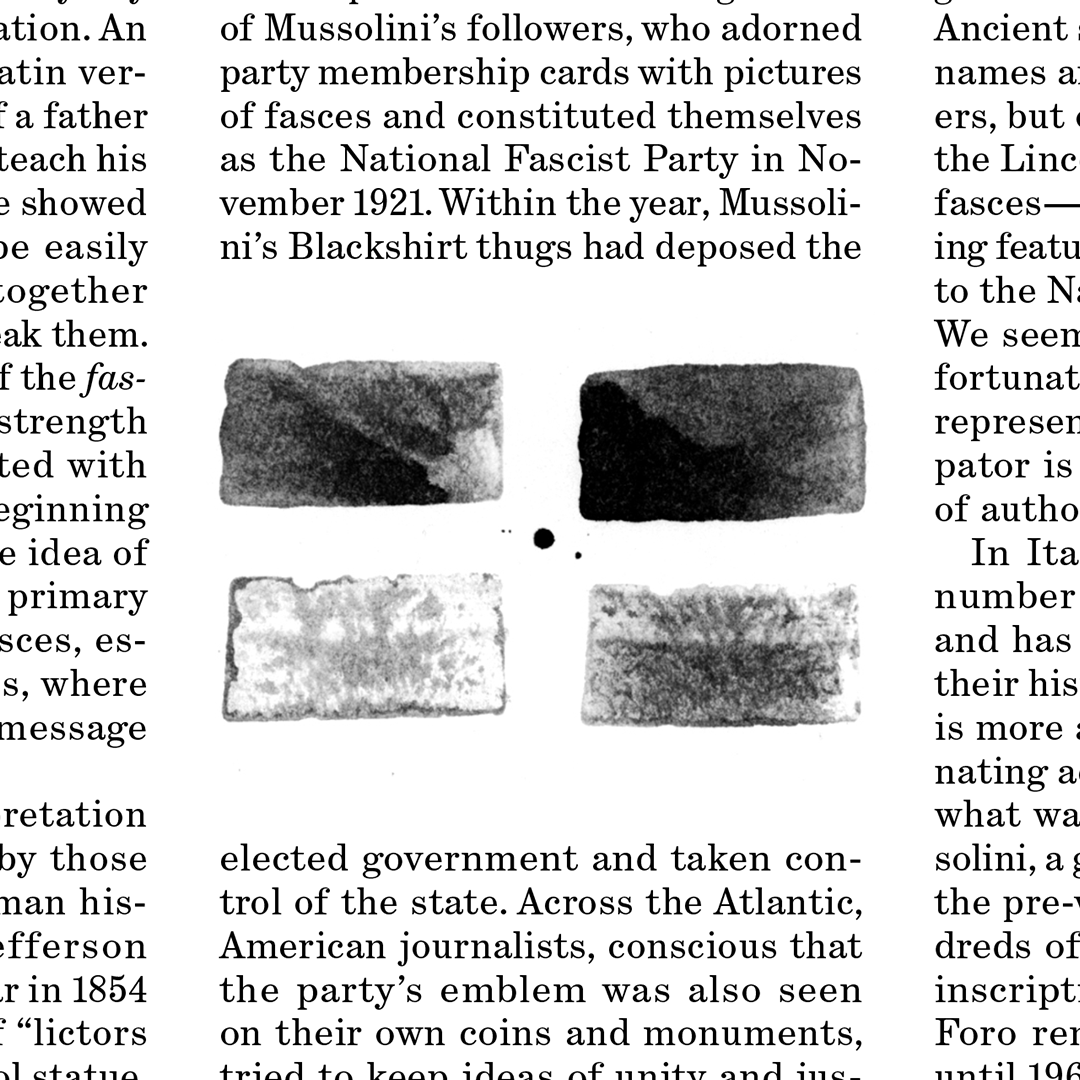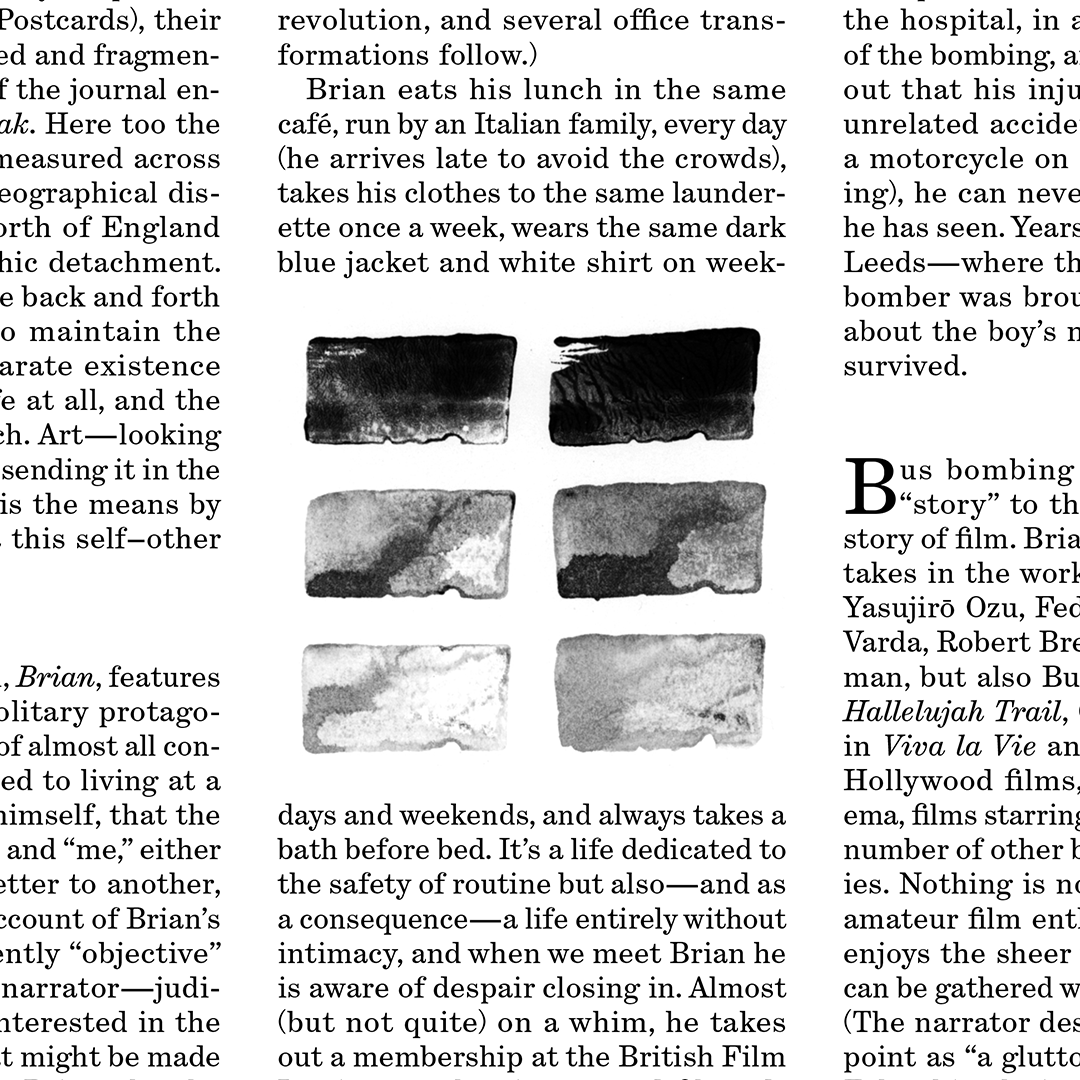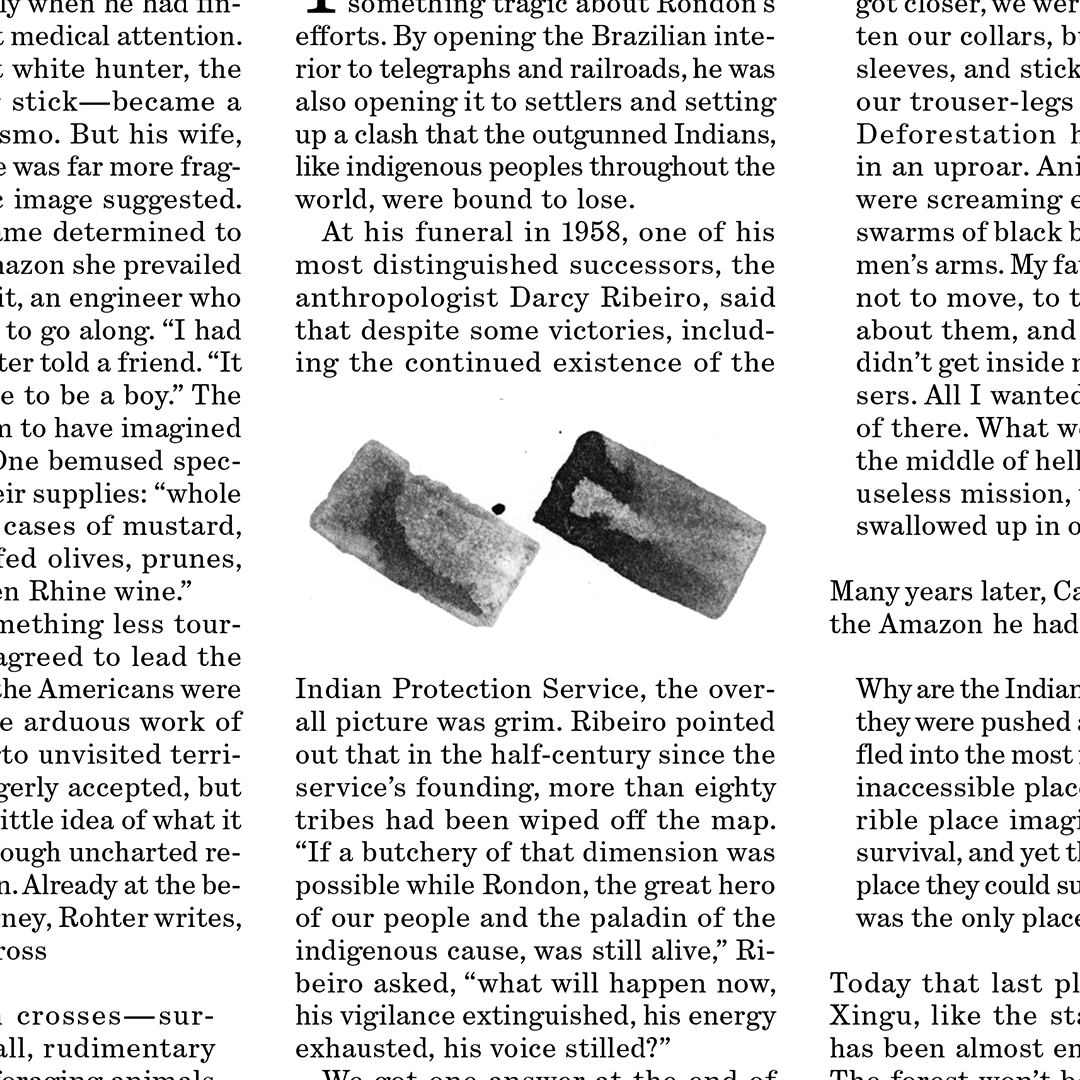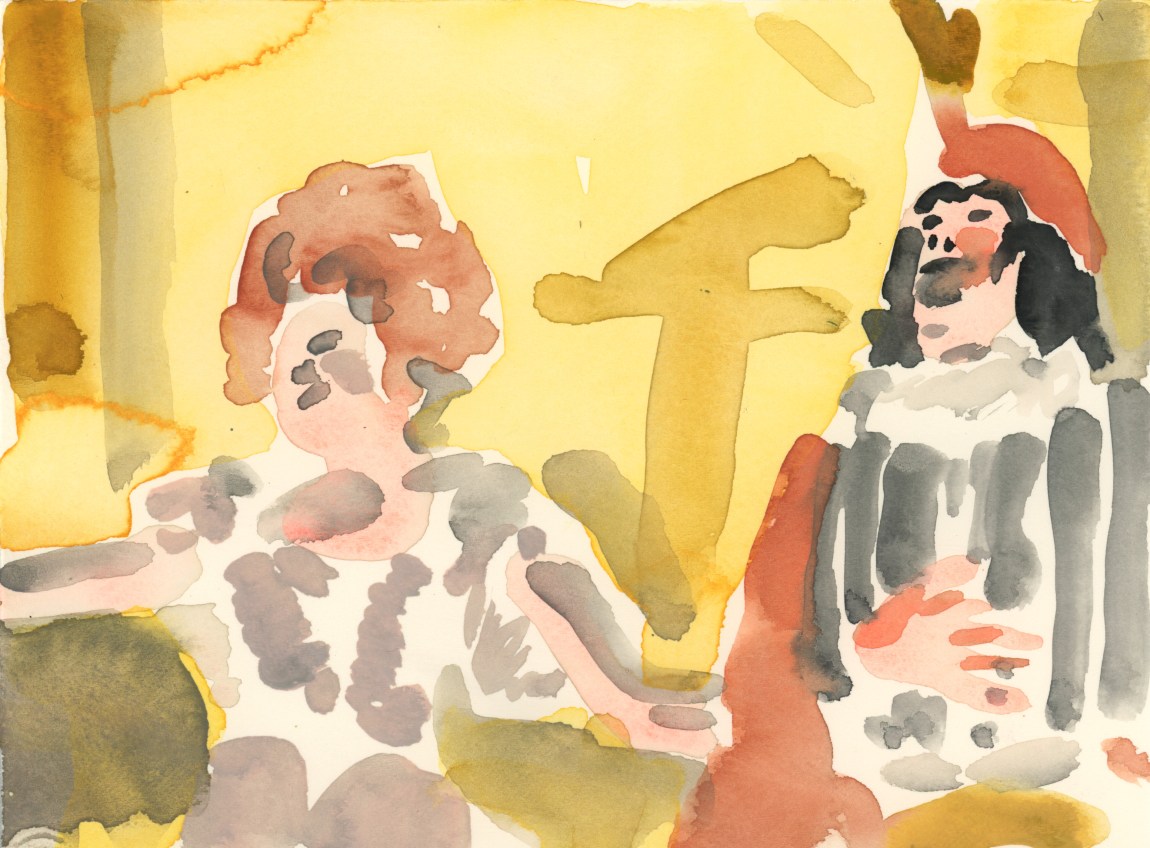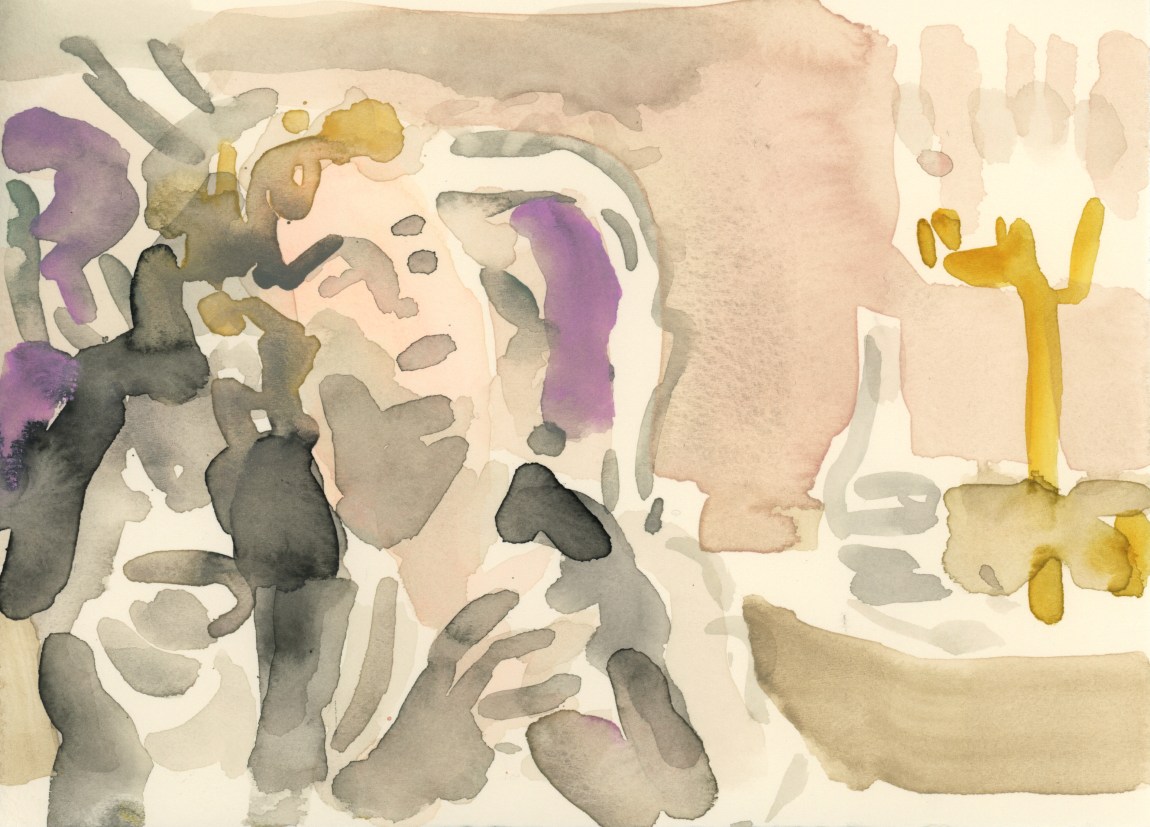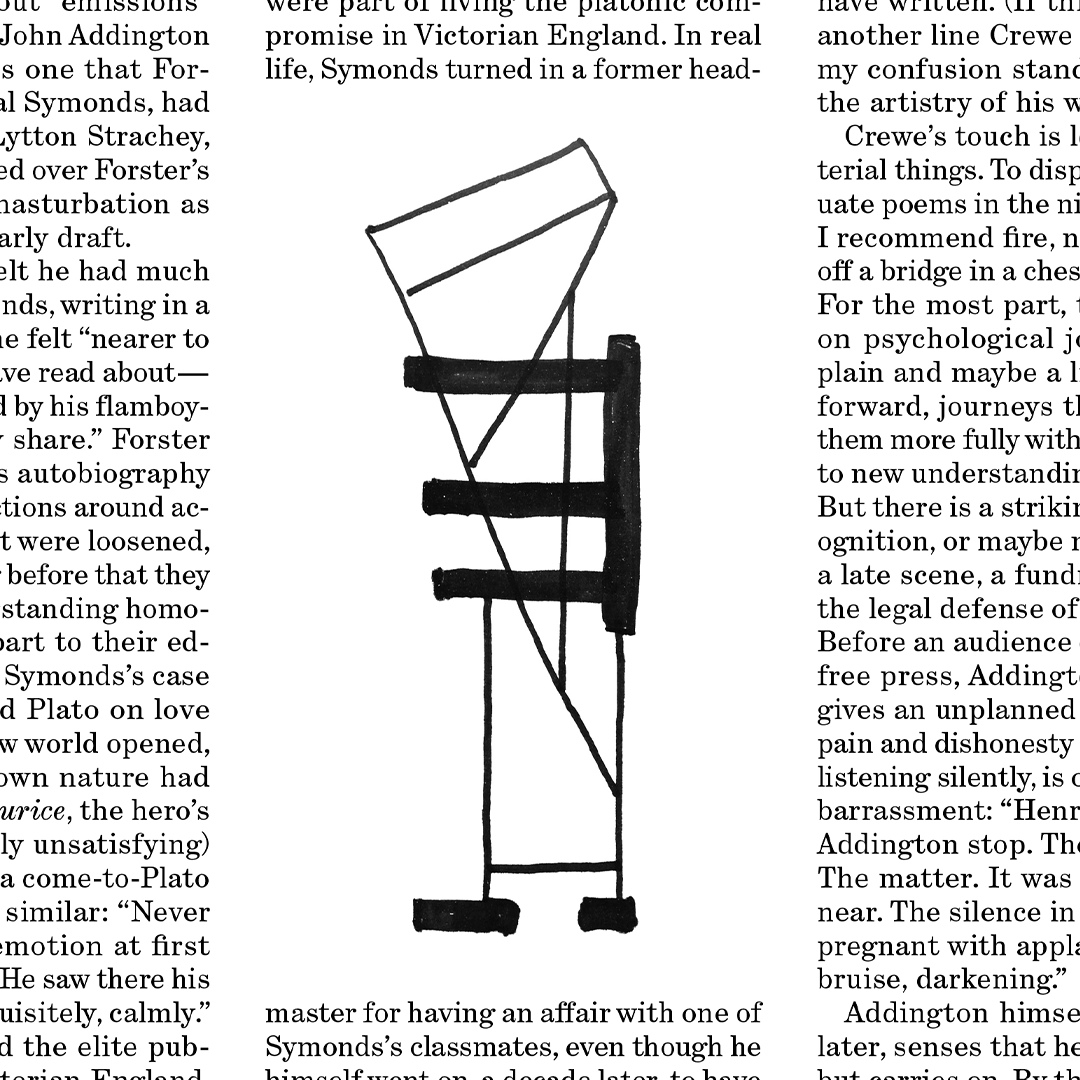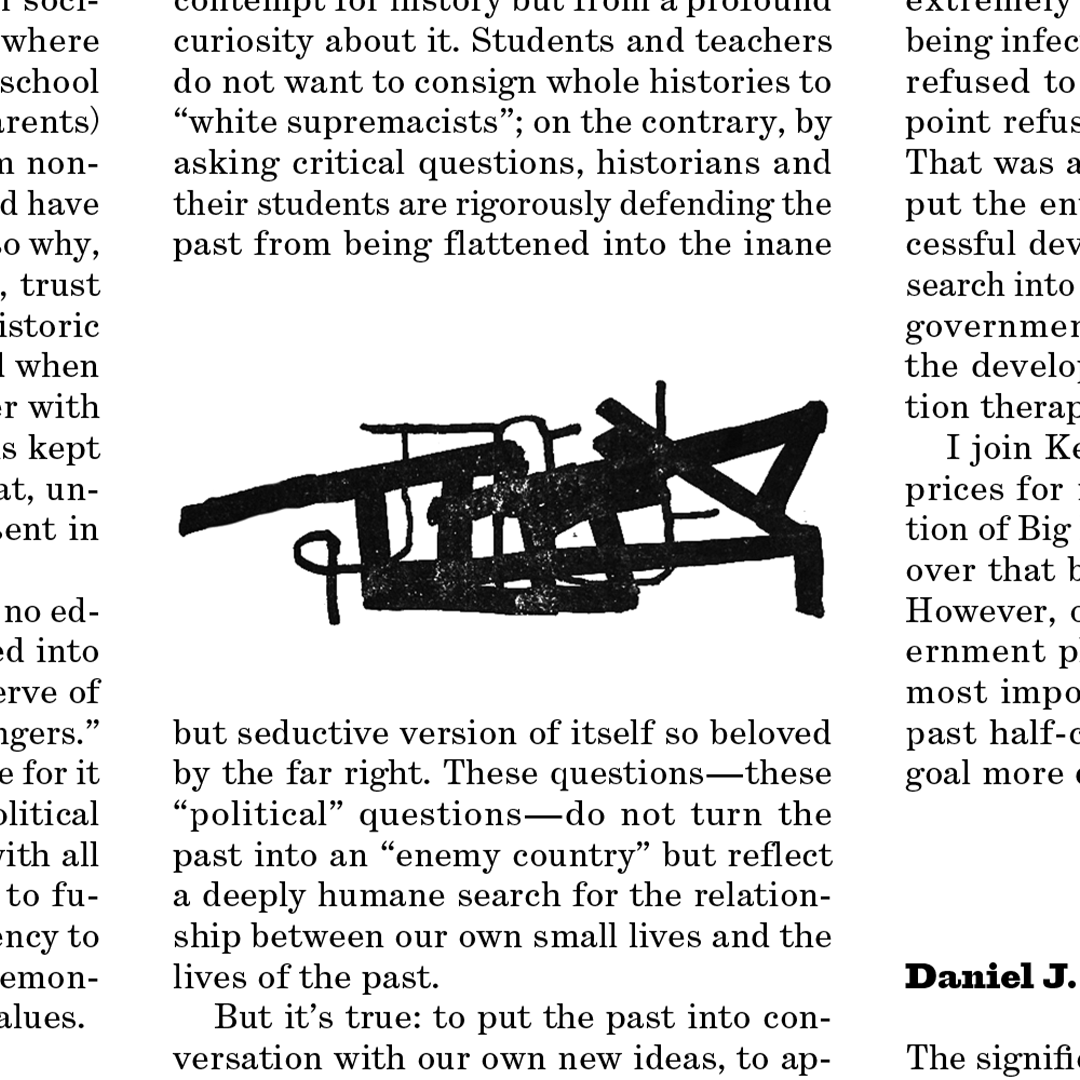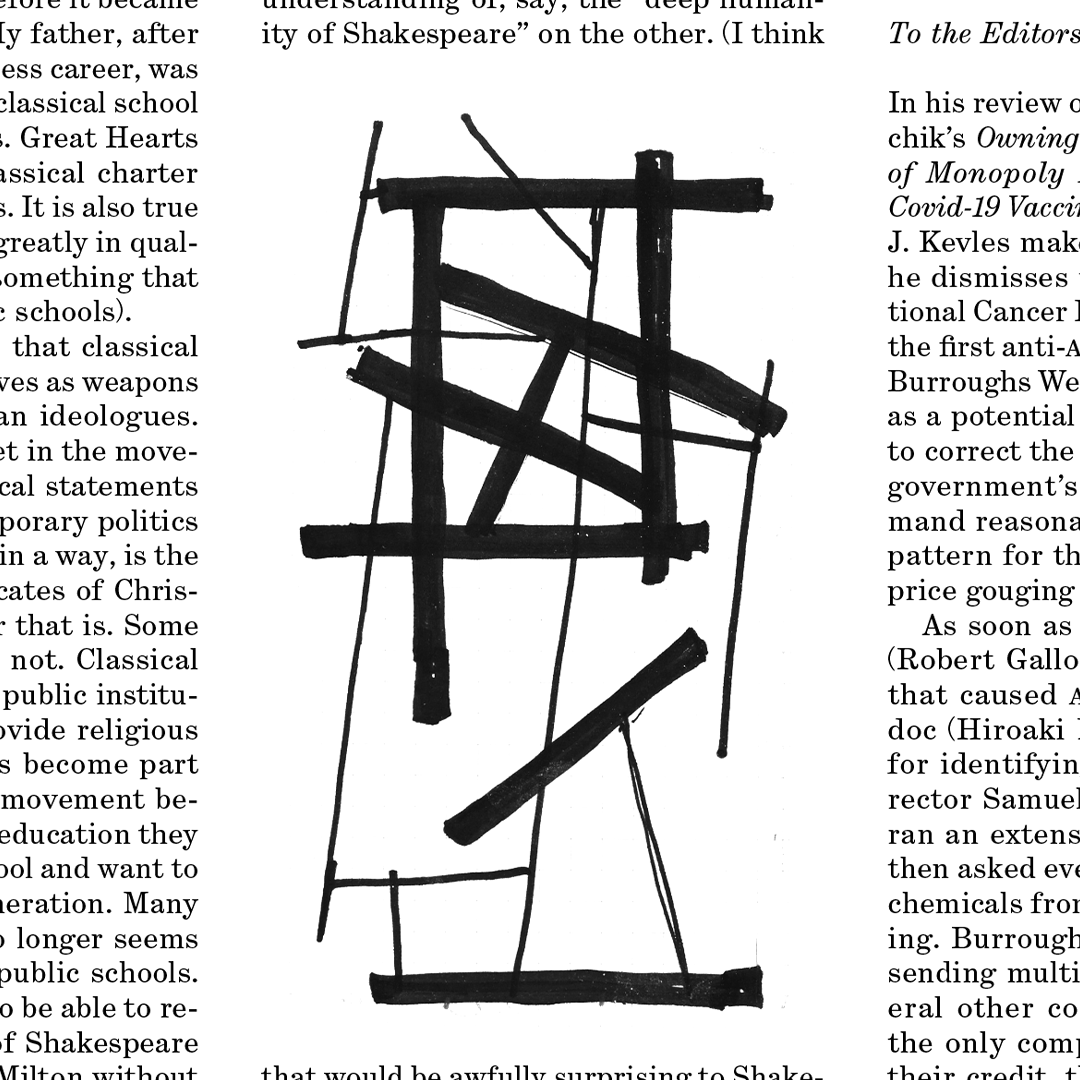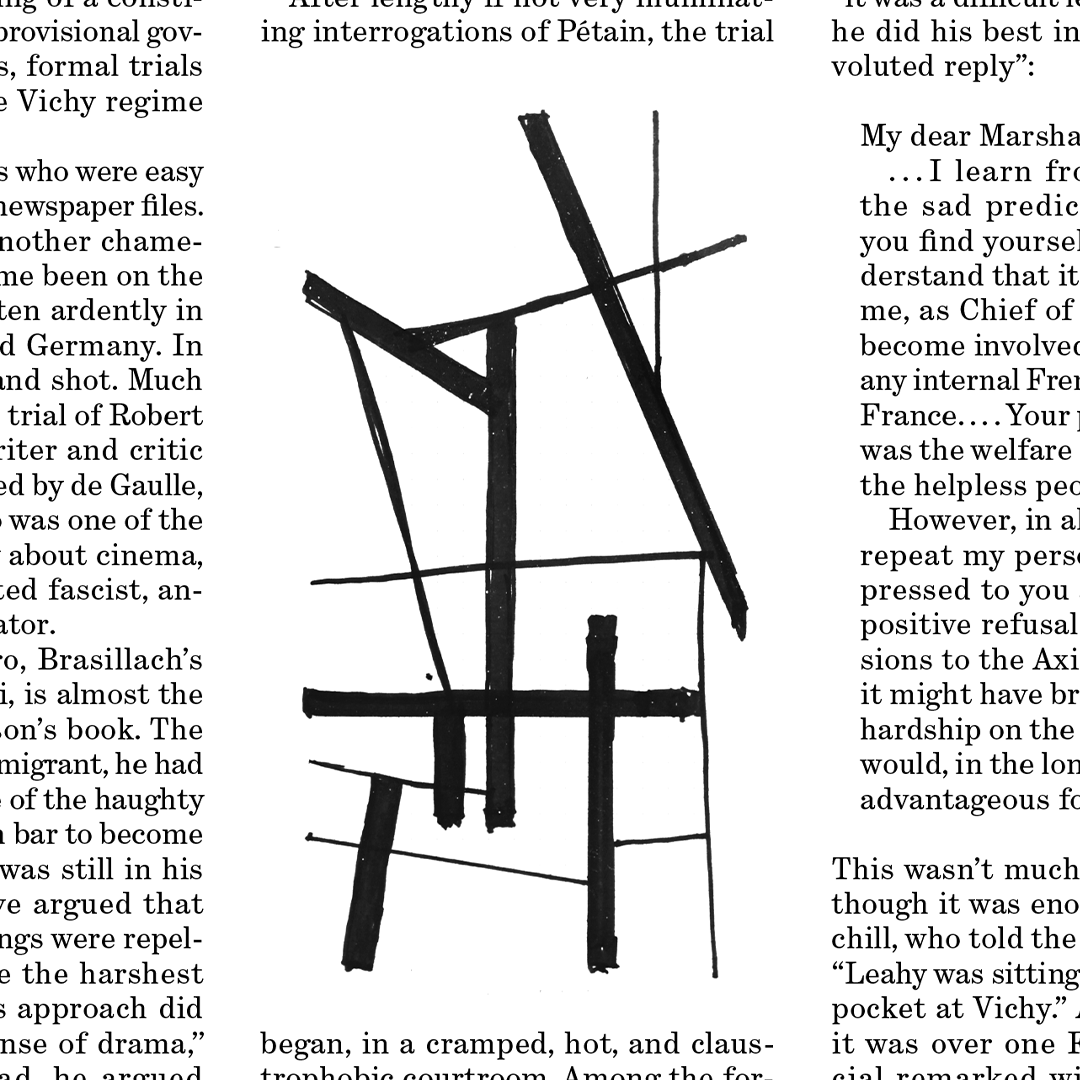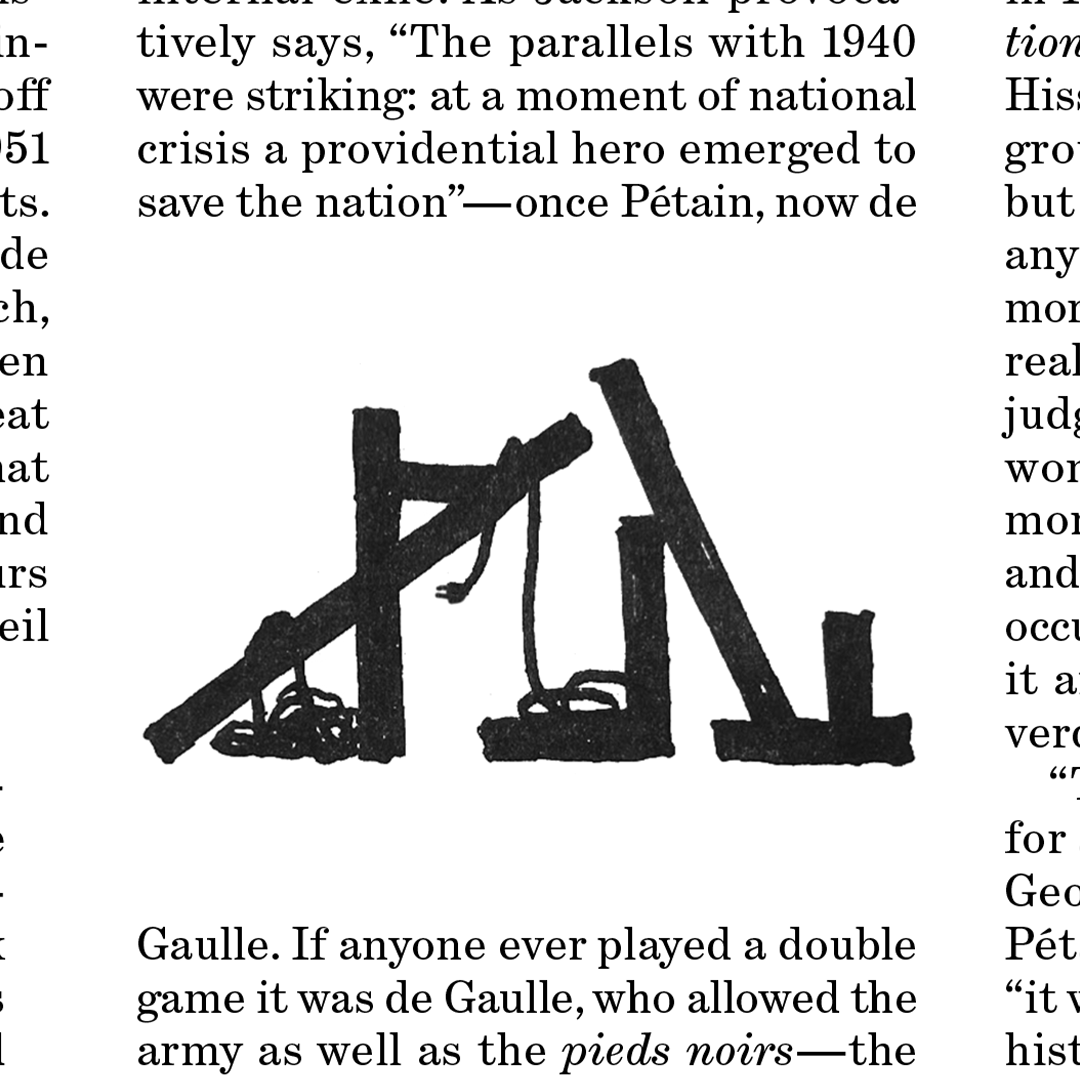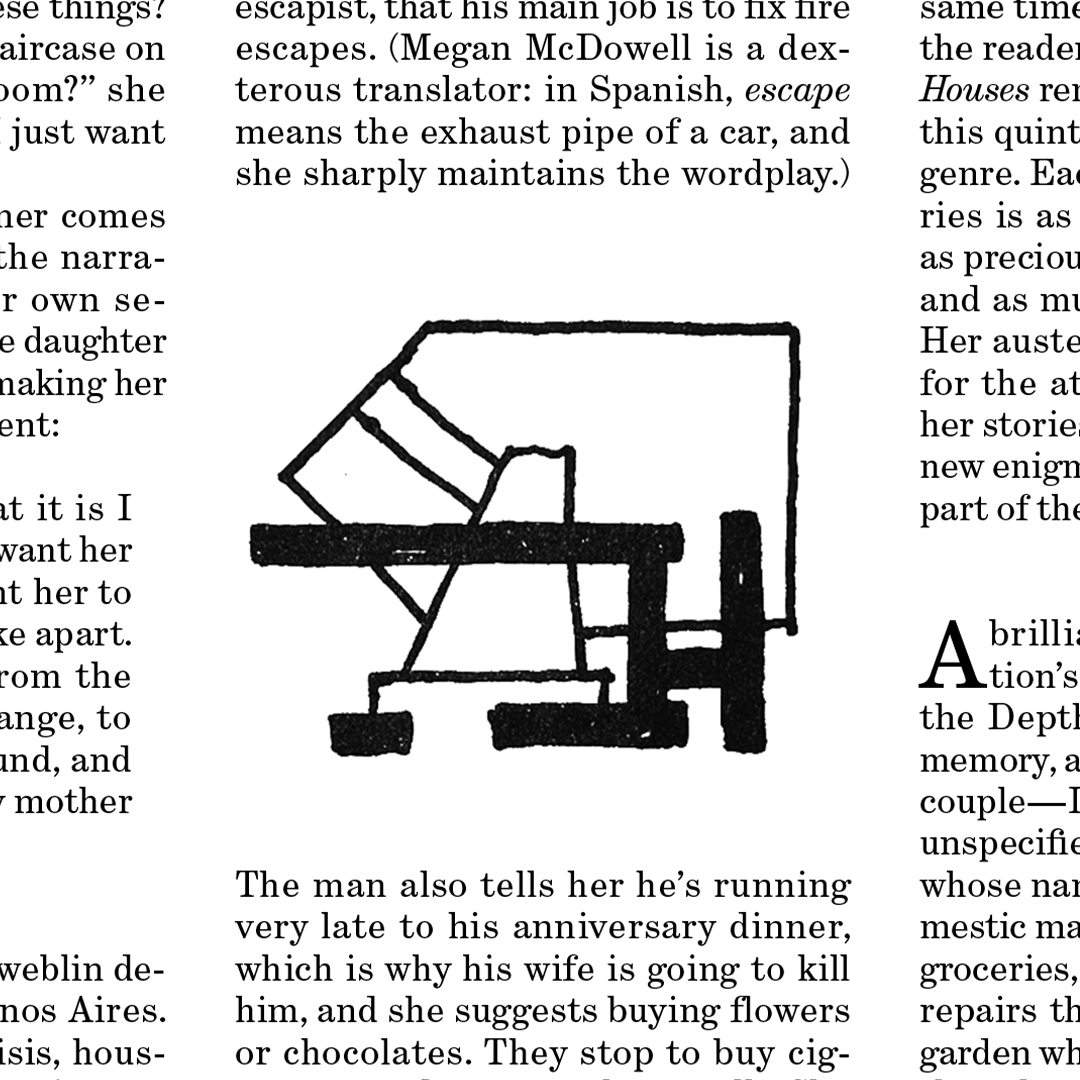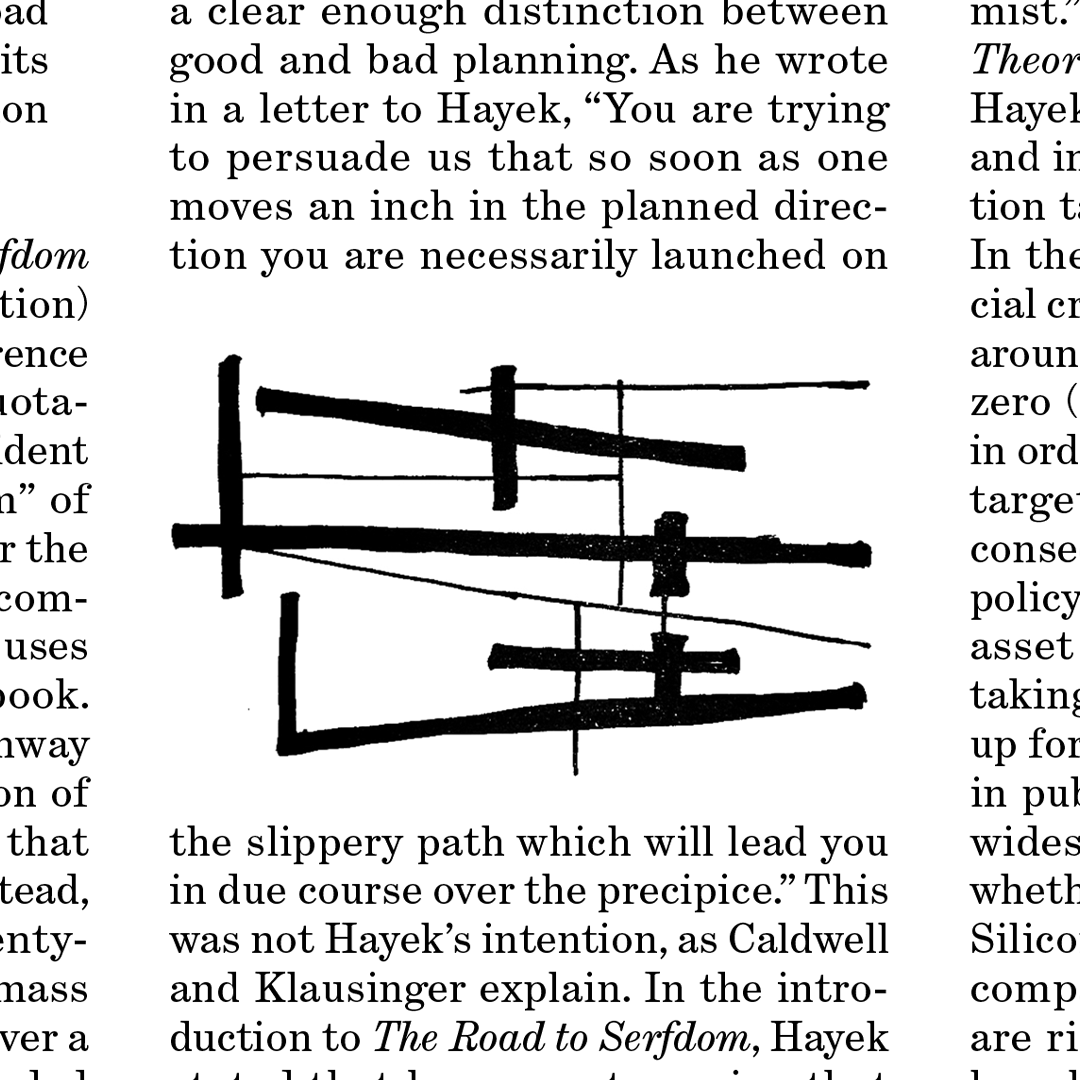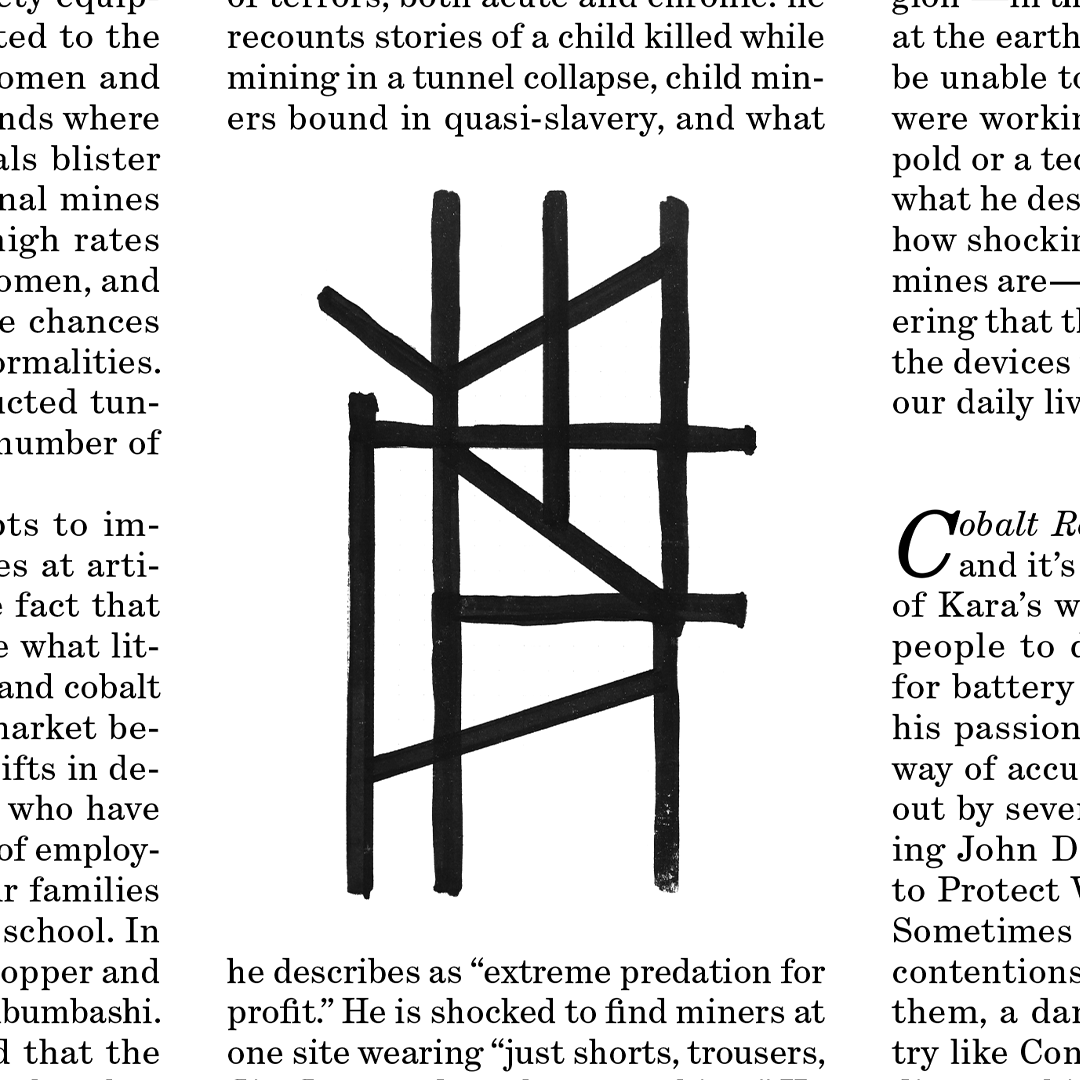One of my favorite essays in our November 2 issue, which was also our sixtieth anniversary celebration, was Simon Callow’s review of Mozart in Motion, by Patrick Mackie. Callow starred as Mozart in the original production of the Peter Shaffer play Amadeus, in 1979, and then in the 1984 Miloš Forman film adaptation—a favorite of mine—he played Emanuel Schikaneder. Reading Callow’s review was a good enough excuse to rewatch the movie for the seventy-fifth time. The paintings in this newsletter are from some of my favorite scenes.
We put Lotte Laserstein’s 1943 painting Madeleine Sitting in a Chair on the cover of the October 19 issue, a nod to Cathleen Schine’s review of After Sappho by Selby Wynn Schwartz. Laserstein was a German-Jewish artist who often painted androgynous women and fled Berlin for Sweden in 1937. I saw the painting in a collector’s house one night several months ago and thought it could make a nice cover. I do this kind of backward cover art engineering as a matter of course, collecting images I love and waiting for a review that will make the art obliquely or overtly relevant. Sometimes it takes a year, sometimes just a few days, but it usually happens. A new book about Laserstein, produced in concert with a large show of her work at the Moderna Museet in Stockholm, will be available in the US in January.
After seeing some comics and Risograph prints by the Berlin and Leipzig–based comic artist Sarah Böttcher, I asked her for a portrait of the writer Thomas Brussig to accompany Michael Hofmann’s review of Brussig’s book The Short End of the Sonnenallee. This was Böttcher’s first piece for us. For Suzy Hansen’s review of two books about war by Phil Klay, I asked Edel Rodriguez to draw Klay. I’ve just started reading Rodriguez’s graphic memoir, Worm: A Cuban American Odyssey, a beautiful recollection of his childhood and his family’s emigration to the United States. For Kim Phillips-Fein’s review of two books about private equity I asked Jason Kernevich, cofounder of the design firm Heads of State, for some ideas that could show the more savage side of finance. He gave us a sketch he called “Vampire Gold.”
For a review by Natalie Angier of Anne Mendelson’s book Spoiled: The Myth of Milk as Superfood, Masha Krasnova-Shabaeva drew a scene from Angier’s essay: “Marie Antoinette ordered the construction of her own ‘elegantly appointed’ dairy, with cows and milkmaids housed in airy palaces of tile and marble.” I asked Lorenzo Gritti for a portrait of Victor Heringer, the young Brazilian writer whose novel The Love of Singular Men Charlie Lee reviewed.
The series art, titled Fungus, was by Vivienne Flesher, an abstract departure from the portraits she usually does for us.
Our anniversary cover featured a painting of our new home, a townhouse on East 32nd Street in Manhattan’s Kips Bay. The building is, coincidentally, one of the first places I worked in New York. In 1992 I was an assistant to the illustrator James McMullan, who rented a studio on the first floor from Milton Glaser, who owned the building. It felt appropriate to ask McMullan to design and paint our cover. Jim gave us a number of beautiful sketches, and we settled on one that stands as a moving announcement. I interviewed McMullan about the commission for our Brief Encounters series.
Inside, for Callow’s Mozart essay, the Parisian illustrator Emmanuel Pierre depicts the composer mocking Salieri during a rehearsal. Maya Chessman drew Susan Neiman, a frequent contributor, for Fintan O’Toole’s review of her book Left Is Not Woke. The Bristol-based artist Harriet Lee-Merrion drew an elegant Elsa Morante for Deborah Eisenberg’s review of Morante’s novel Lies and Sorcery; John Brooks gave us a tender J. M. Coetzee for Michael Gorra’s review of his latest novel, The Pole; and Romy Blümel painted a portrait of Gabriel García Márquez for Alma Guillermoprieto’s article about his early stories and novellas.
For the first of two essays about female style and women’s fiction by Namwali Serpell, we found Henni Alftan’s evocative 2017 painting Eyeliner, which I felt referenced Serpell’s favored term, “clocking.” We found a 1999 Louise Bourgeois print, Spiraling Eyes, for Sue Halpern’s essay about neurotechnology and privacy. Martha Nussbaum wrote a moving review of four books about whaling and whales, and the Canadian painter Luke Ramsey’s 2020 painting Sea to Sky, with its churning waves and dorsal fins, paired with it perfectly.
The series art in the issue is by Jon Klassen, a children’s book author and illustrator who also made the cover for our 2021 Fall Fiction Issue, which appears on our line of scarves and bags designed by Rachel Comey. Klassen’s latest book, The Skull, is a shadowy folktale, and I’ve been giving it to friends and family as a gift.
Advertisement
Our November 23 cover features Pink Hands 2, a photographic print by Michael Schmelling. I thought his doubled hands complemented a number of articles in the issue, from the war in Israel and Gaza to Jeremy Cooper’s friendships and relationships to Namwali Serpell’s ambisextrous subjects.
Inside, Sophia Martineck gave us a wonderful drawing of Albert Camus having a miserable time in Rio de Janeiro for Vivian Gornick’s review of Travels in the Americas: Notes and Impressions of a New World, Camus’s diary from his promotional tours in North and South America. Martineck’s fellow Berliner Henning Wagenbreth took inspiration from a cracked plate photograph of the novelist and critic Siegfried Kracauer for his fragmented portrait for Johannes von Moltke’s survey of Kracauer’s life and work. For Miranda Seymour’s review of Lady Caroline Lamb: A Free Spirit by Antonia Fraser I commissioned the artist Scott Csoke. They gave us a sweetly blithe painting in pinks and oranges of the eccentric aristocrat.
A few weeks ago I met the artist Mariken Wessels, who makes sculptures and photographic series, when she was visiting New York City, and on reading Namwali Serpell’s second essay in her two-part series about femininity, style, and the novel, realized Wessels’s work would be just right to illustrate it. We landed on Femina Ludens XIII, a colorful collage of a reclining nude. For Christopher de Bellaigue’s review of The Earth Transformed by Peter Frankopan, I wrote to Jochen Gerner to see if we could run Météores, his 2022 wallpaper-like depiction of atmospheric disturbances. And I did a last-minute portrait of Jeremy Cooper for Clair Wills’s review of Cooper’s new novel, Brian.
The series art in the issue, Eraser Stamp, is by the Canadian photographer and potter Kristin Sjaarda. One afternoon in Canada I watched her making patterns on her mugs and realized they could work nicely as a series in our pages.
Our December 7 cover is by another Canadian, the ink-maker Jason Logan. The inky brushstrokes in Untitled (2022) seemed to abstract a few of the issue’s themes: gastrointestinal health, cobalt mining, and migration. I recommend a recent documentary about Logan, titled The Color of Ink, from the National Film Board of Canada.
Inside, for Nitin K. Ahuja’s review of three books about gut science, we found a stomach-like drawing by the French artist Ronan Bouroullec.
I always like to find new contributors, and for this issue I asked the LA-based artist Zack Rosebrugh, whose energetic pencil work for The New Yorker I have admired. He drew a portrait of the novelist Ha Jin for Perry Link’s review of The Woman Back from Moscow: In Pursuit of Beauty.
Vivienne Flesher drew Abdulrazak Gurnah for Aminatta Forna’s review of two of the 2021 Nobel laureate’s books, Afterlives and Paradise. The London-based illustrator Charlotte Trounce made a portrait of Yevgenia Belorusets for Sophie Pinkham’s review of War Diary, Belorusets’s record of life in Ukraine since the Russian invasion. And the New Yorker Grant Shaffer drew Tom Crewe surrounded by lilies for Caleb Crain’s piece about Crewe’s latest novel, about Victorian homosexuals, The New Life. For JuliaKornberg’s review of Seven Empty Houses by the Argentinian Samanta Schweblin, I asked a fellow Argentinian, the illustrator Sol Cotti, for a portrait.
The series art in the issue, called Stud Formations, is by Corin Hewitt, and it gently echoes our cover’s motifs of internal structures and systems. Questions of how solid the structures and sides we stand on and within feel urgent right now. As Simon Callow, in his review of Mozart in Motion, quotes Patrick Mackie: “Are we inside or outside the world shown to us? We do not know whether to be fascinated or repulsed. The music is in motion and so is the opera’s moral world; we listen in inexorable motion too.”


